Delineated contours, a subconscious blur of decipherable imagery and extraneous elements, a wistful expressive tide between the figurative and the abstract; Zheng Zhou (b. 1969, China) is a painter of instinct, conveying onto canvas observations from the world, as ad hoc as they may be. His strokes, furtive yet decisive, depict an urgency – to grasp, to depict, to capture that mesmeric multitude of the cosmos, the ‘phenomena’ we, or more precisely he, is a witness to. Referencing ‘I Ching’ (“The Book of Changes”), Zheng channels the astronomical, remarking the myriad of components that make up our universe, mimicking its duplicity through his subject range, hues and techniques.
A prolific painter, Zheng debuted by studying Printmaking at the Zhejiang Academy of Fine Arts, which led to a post at the Printmaking Department of the China Academy of Arts from 1994 to 1996. Zheng subsequently shifted his creative practice towards one of painting, pursuing a Masters in Oil Painting at the China Academy of Art from 1997 to 1999, following which he became a lecturer at the China Academy of Art Affiliated High School from 2000-2010. Throughout these years of tuition and pedagogy, Zheng painted, systematically, doggedly, before finally relocating to Beijing in 2013 to work as an artist. Over the course of several decades Zheng created canvas after canvas, depicting a range of phenomena, albeit away from the public eye – a private stream of observational consciousness.
Figures, crowds, animals, objects – elements of the quotidian are the protagonists of Zheng’s vision, except none are depicted quite as is. Consider ‘Walking Around the Cliff of Happy Journal’ (2017); a group of figures clad in winterly gear are depicted in action, hand or leg raised, their dexterity emphasised by contouring their largely white bodies by citrine hues against a darker backdrop. In addition to the individuals’ painterly overlap, cerulean lines connect them, as if each character were a star in Zheng’s anthropomorphic constellation. In the distance, plum blocks seem to allude to an urban sprawl whilst in the foreground a shroud of black adds compositional depth whilst a window of light in the bottom left creates a hint of figurative voyeurism. The composition is a loose yet defined expression of an instant, a moment frozen in time.
Veering from the anthropomorphic, fauna equally plays a returning role in Zheng’s paintings, each animal taking on a pseudo spiritual or existential stance. ‘Bird’ (2016) depicts a stand alone stork, the winged creature most associated with childbirth and delivery, whereas in ‘Bird Whisperer’ (2016) swallows hover over a man’s clowned face appearing contrastingly free as his facade and torso sink into an indistinct unctuous fluid. ‘Fusion’ (2017) visualises a stag – a creature linked to strength and virility, on its hind legs – unexpectedly feeding from the cupped hands of an individual hovering outside a building window. ’The Moment of Ecstasy’ (2016) envisions a more erotic exchange with a dog, oft cited as man’s best friend, sexually pleasuring an upright woman. The line between humanity and animalism is thus considered, shifted and moved, suggesting at once a complicity and form of role reversal.
The segments of life captured by Zheng vary in warmth and emotive standing, from the seemingly joyful Cartier-Bressonesque leap of a young girl in ‘Rosy Plash’ (2017) to the ominous see tenebrous vision of a devilish figure amidst a crackling fire of snakes in ‘Song of Fear’ (2017). Zheng equally jumps between technical approaches, from the abstract block colour outlines used in ‘Baby’ (2016) and ‘Descend Baihua Hill in Rain’ (2017) to the freeform painterly trickles in ‘King of Beasts’ (2017) and ‘Structure of the Chair’ (2016). Darting between imagery and mood, tonalities and method, Zheng creates breaks between space and vision, capturing at once the complete rapture and depth of this world, both physical and mental.
Deliberately varied, Zheng’s body of work is marked by an unapologetic pluralism. Casting a sort of painterly net, Zheng captures and entangles the variance of existence as defined by the possibilities of what is and could be, but also how one perceives it. Indeed, each painting acts as an epistemological outlet, a canvased portal unto a segment of our cosmos.
Zheng Zhou Hangzhou, China, B. Zhejiang, China, 1969
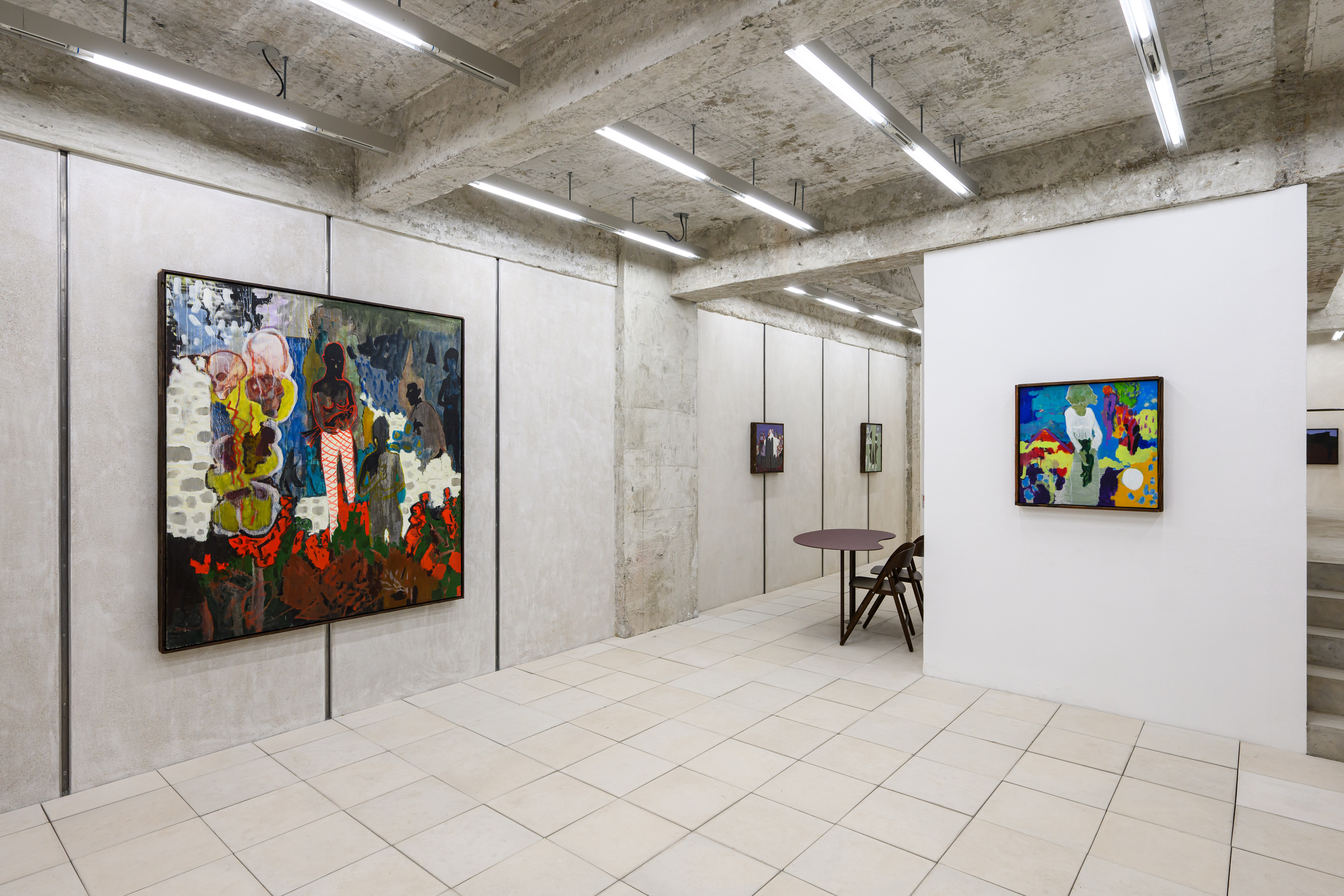
“Spanish Grilled Fish”, Kiang Malingue, Hong Kong, 2024
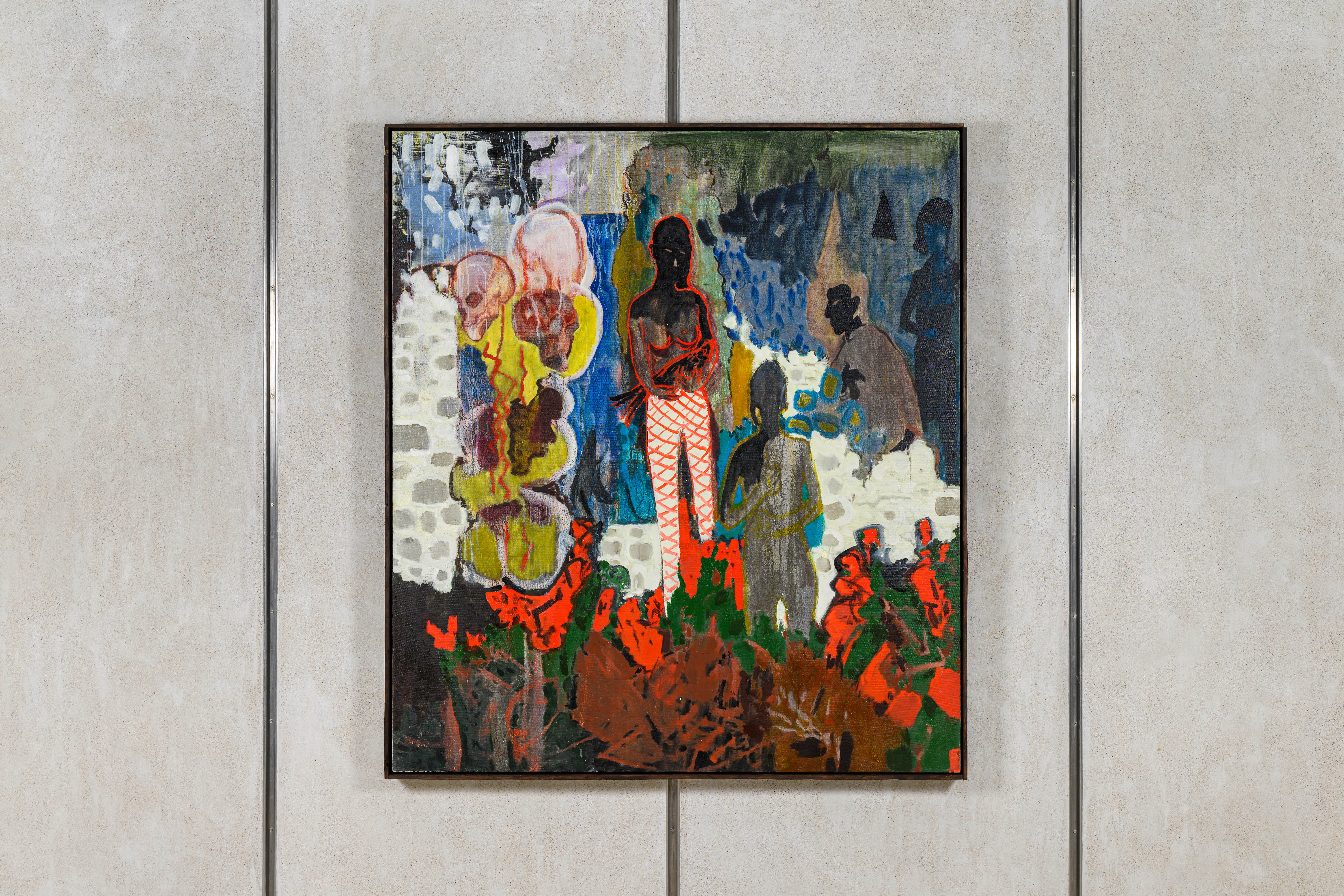
Framed: 177.5 x 157.7 cm
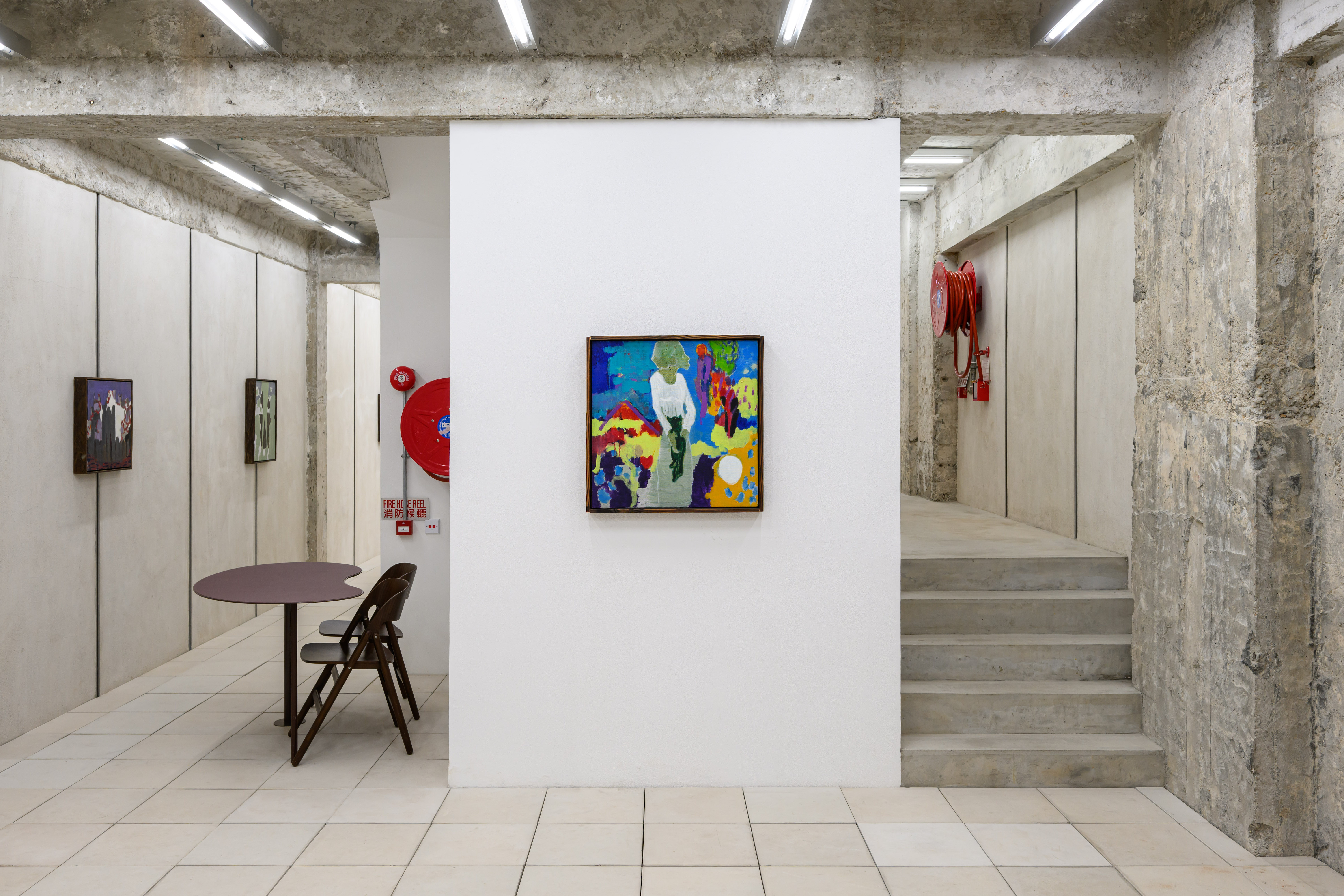
“Spanish Grilled Fish”, Kiang Malingue, Hong Kong, 2024
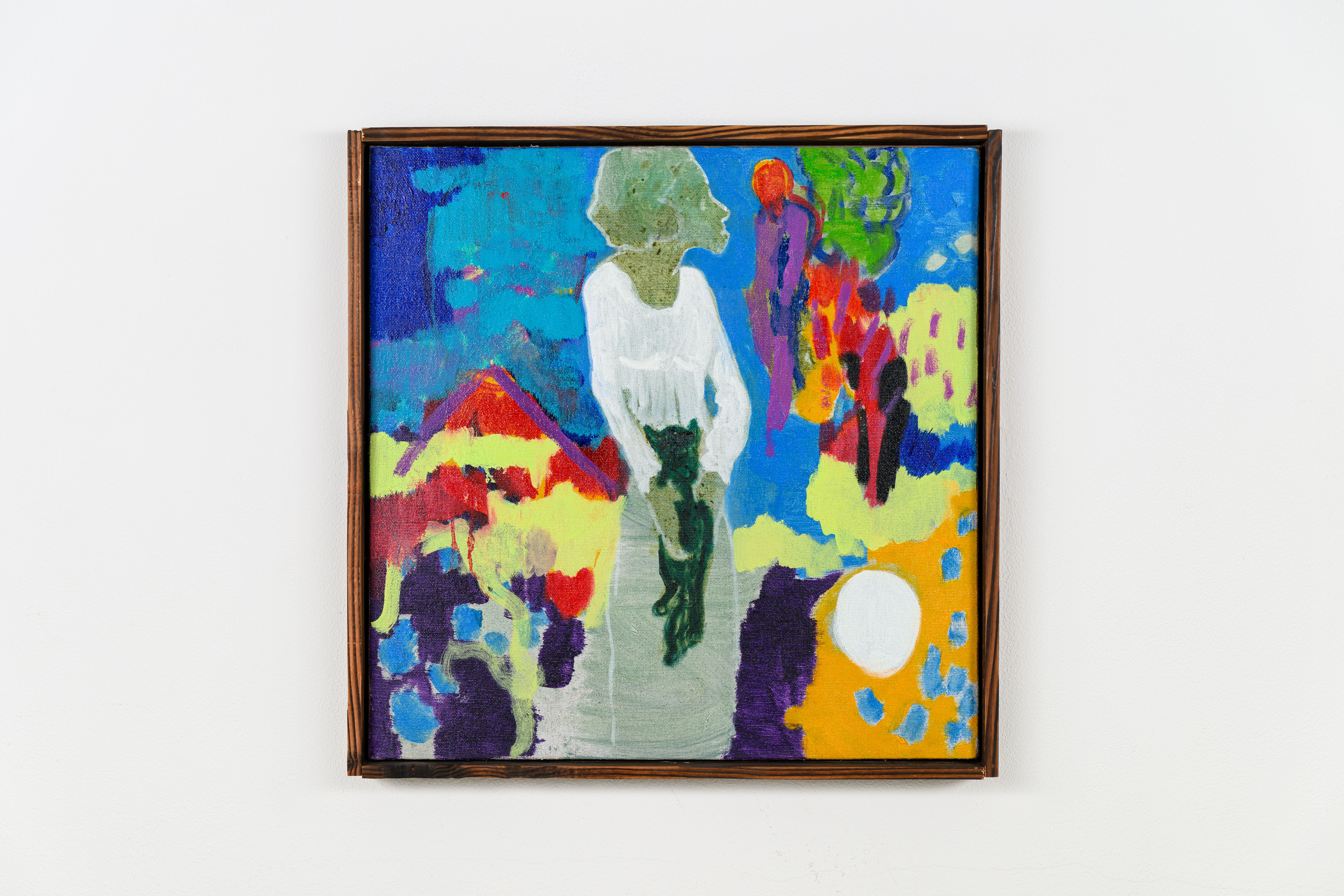
Framed: 72.3 x 72.3 cm
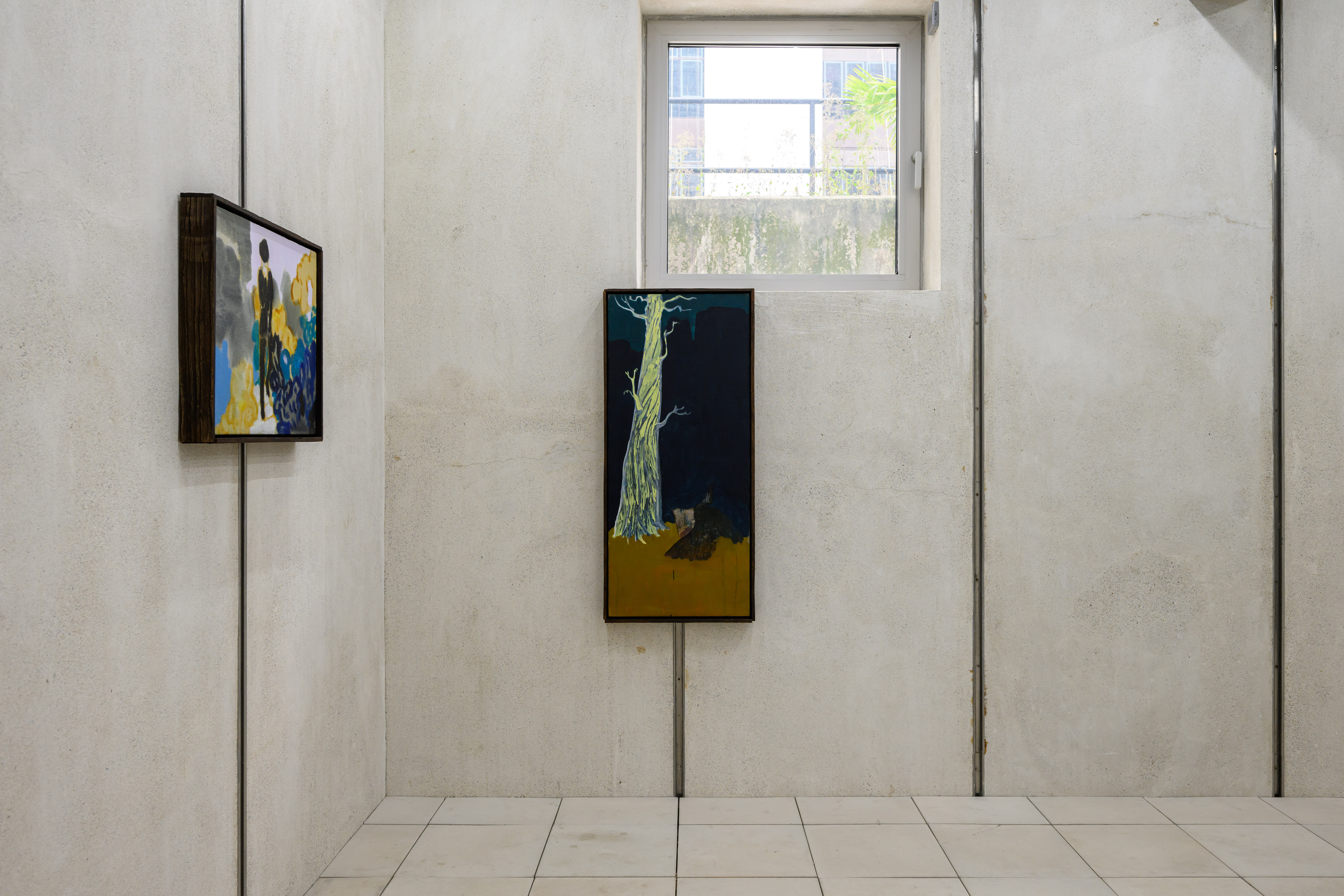
“Spanish Grilled Fish”, Kiang Malingue, Hong Kong, 2024
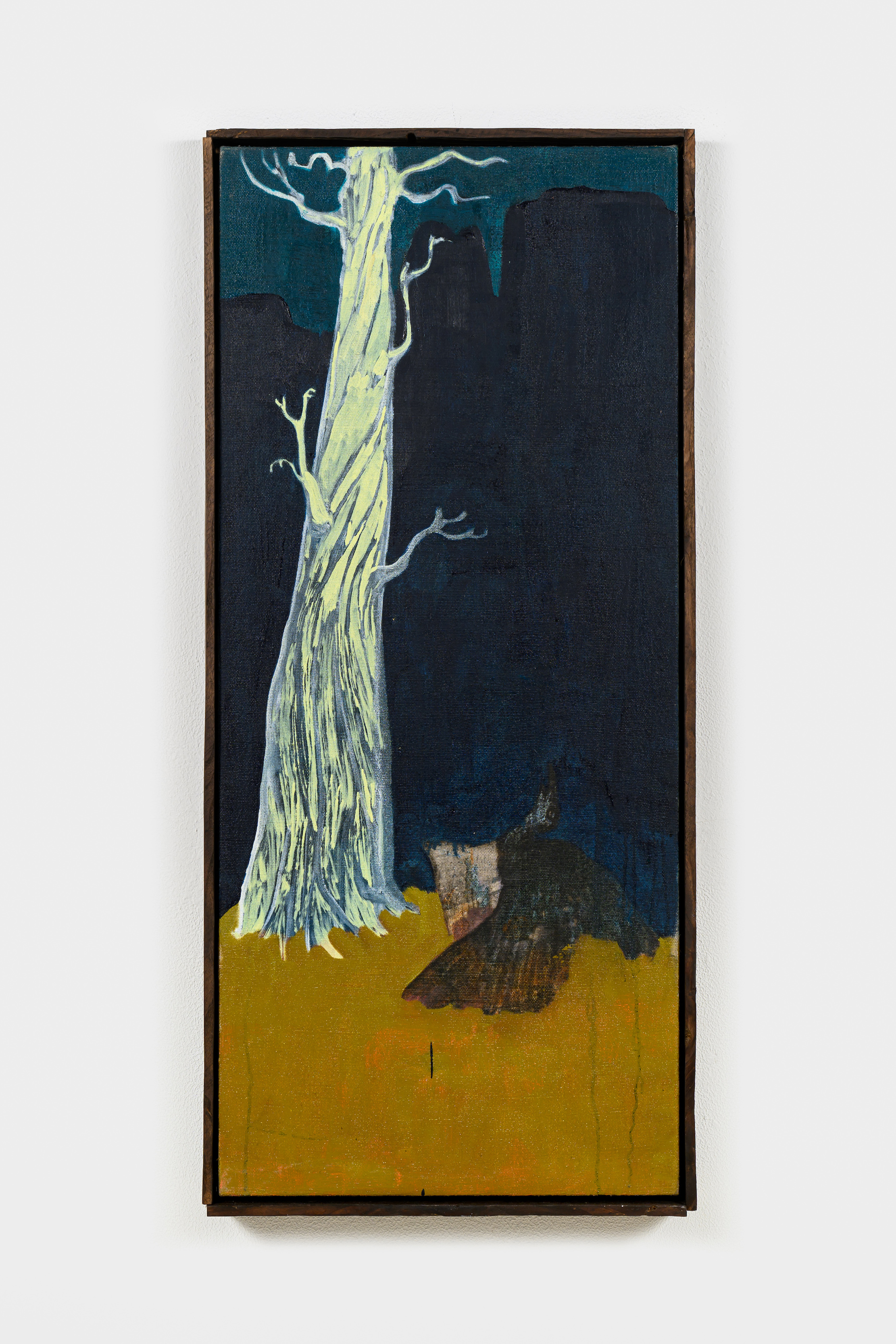
Framed: 113.5 x 51.5 cm
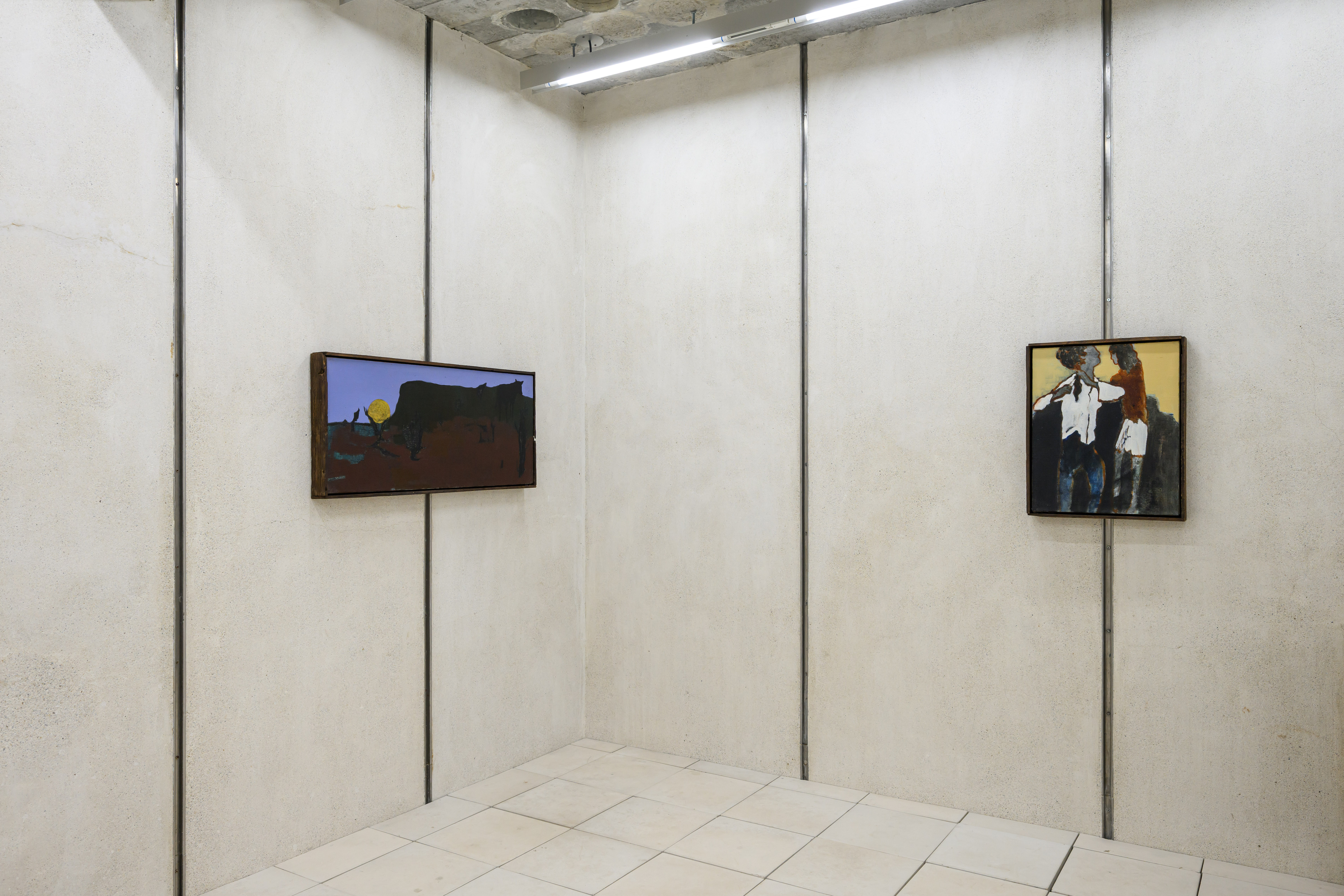
“Spanish Grilled Fish”, Kiang Malingue, Hong Kong, 2024

Framed: 51.5 x 113.5 cm
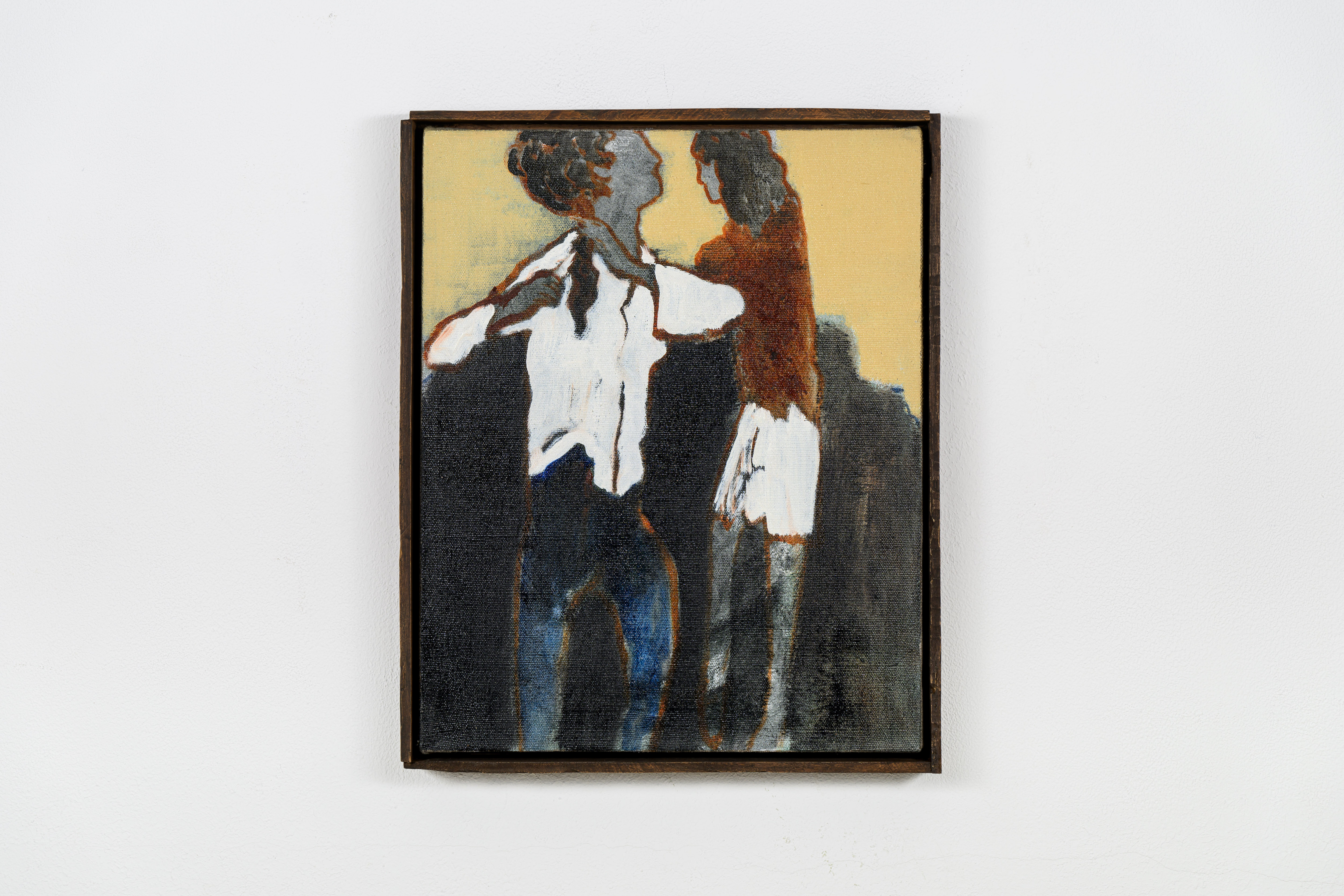
Framed: 63.7 x 52 cm
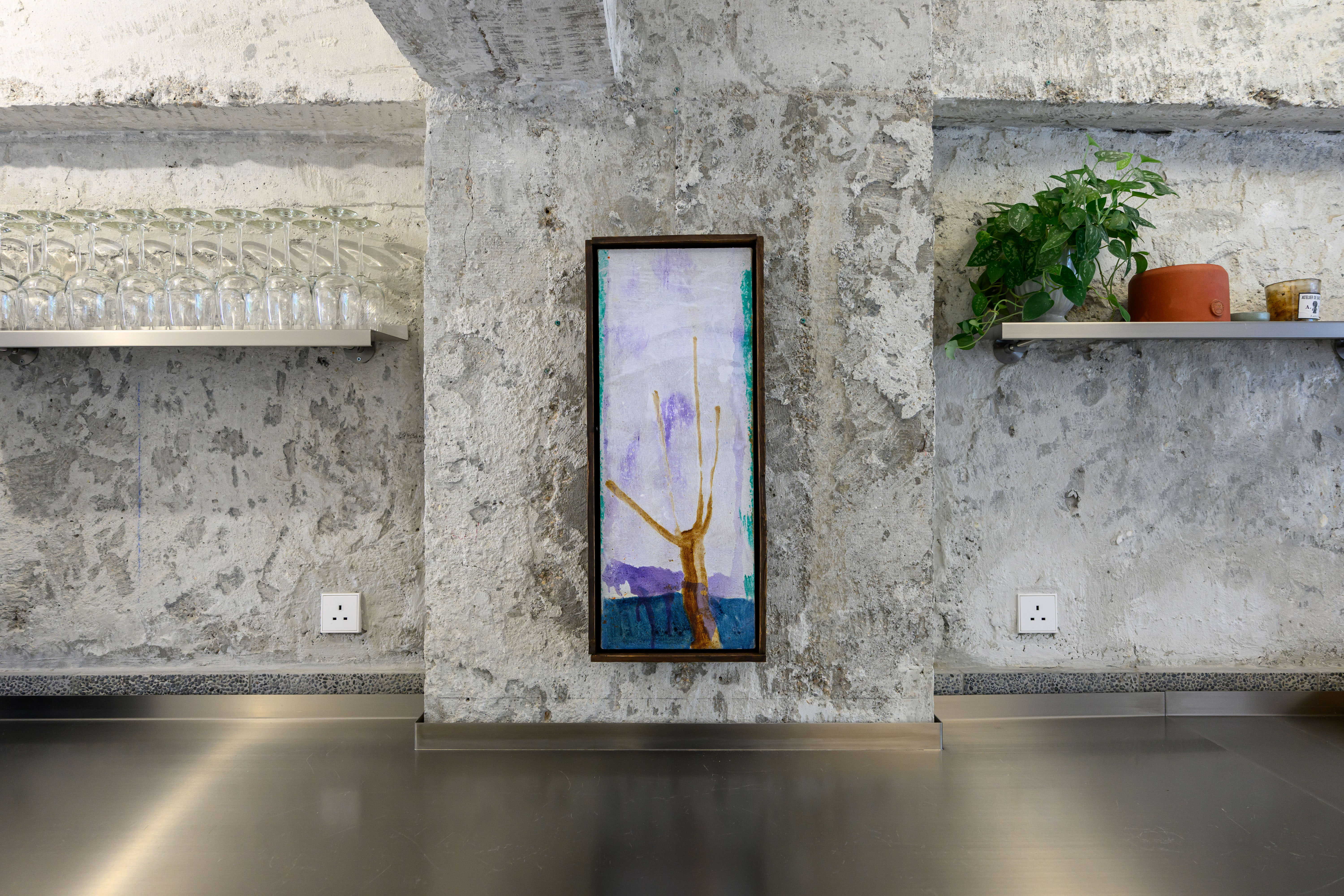
Framed: 72 x 30 cm
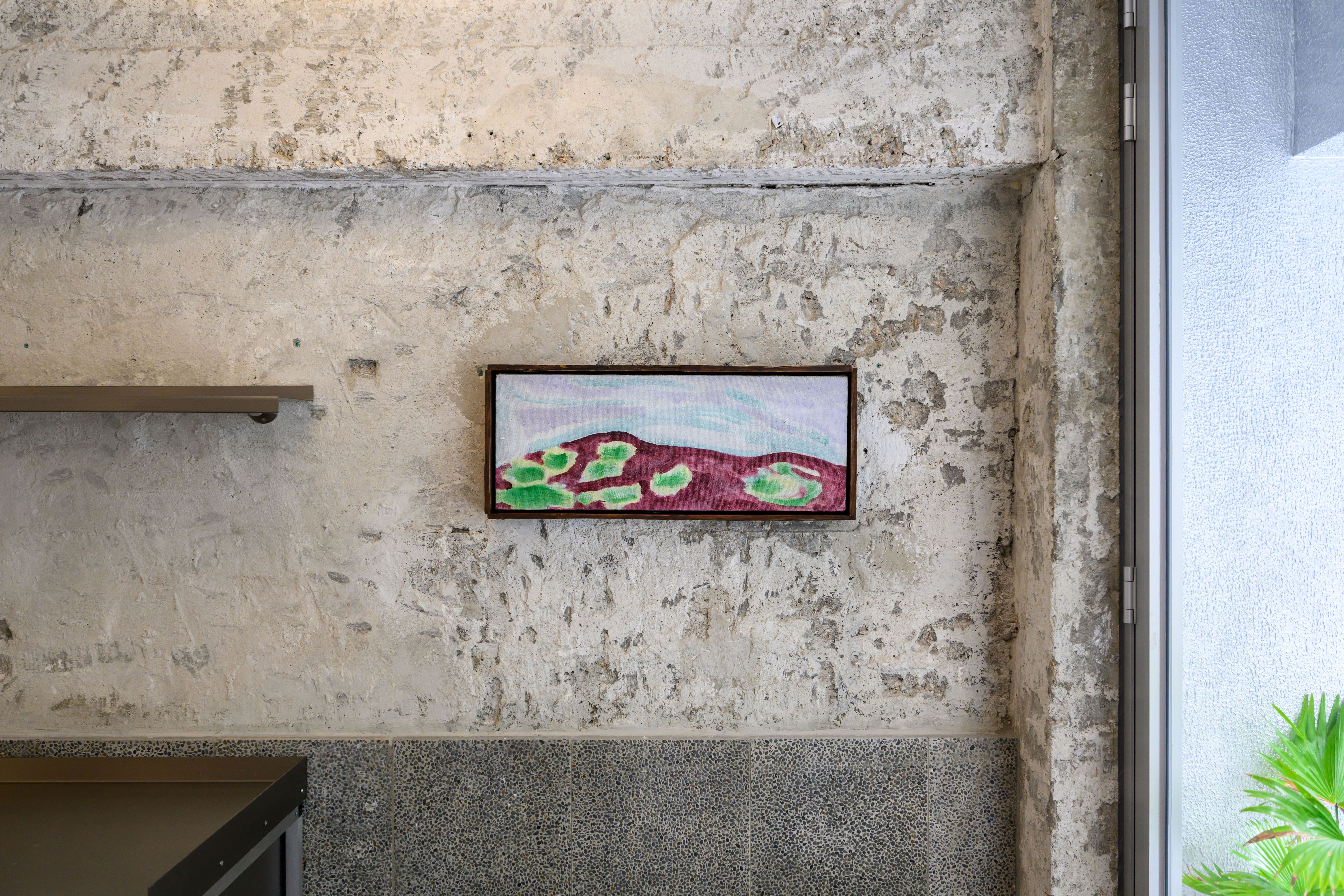
Framed: 30 x 72 cm
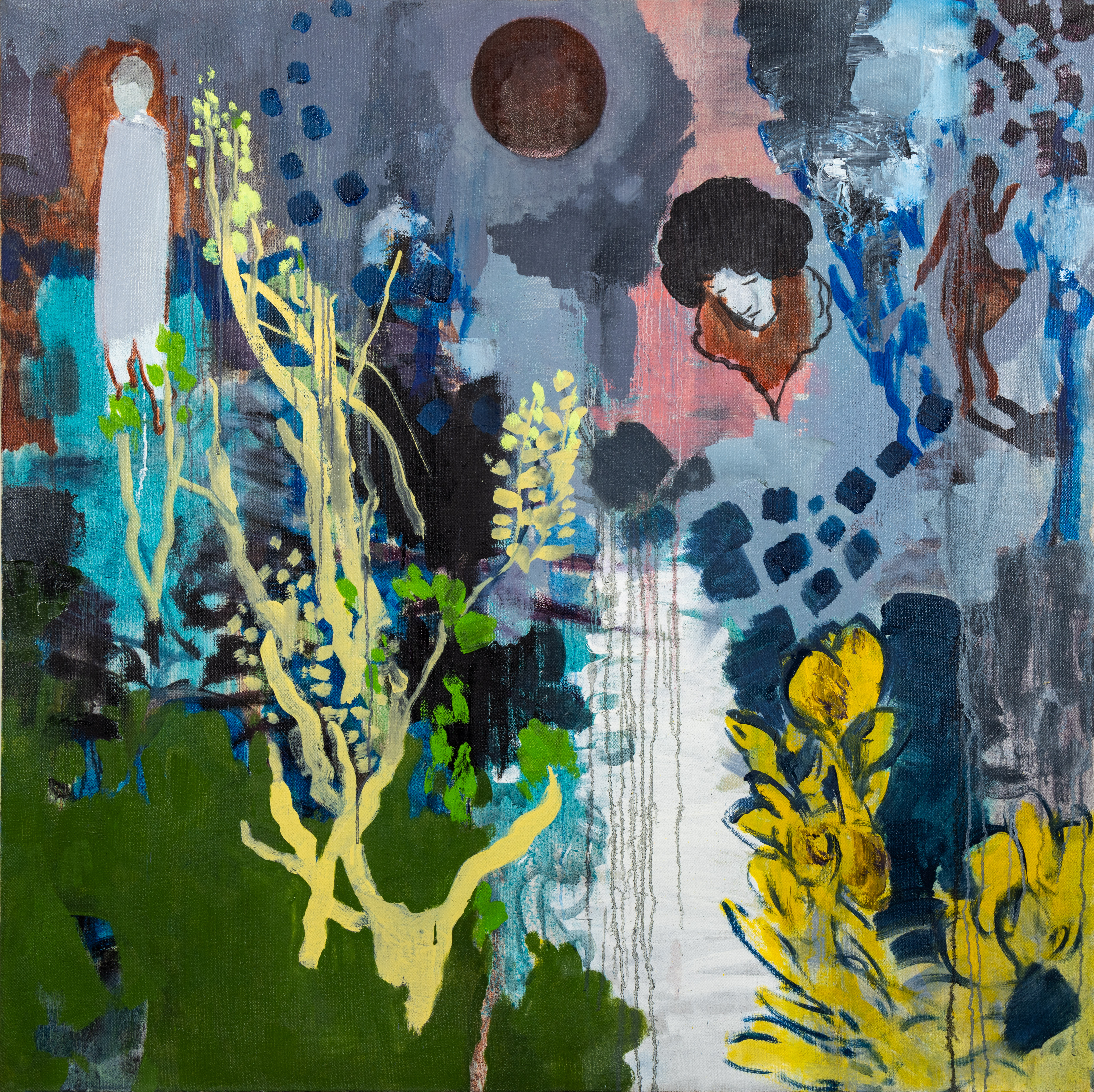
2022
Acrylic and oil on canvas
132 x 132 cm

Kiang Malingue, West Bund Art & Design, Shanghai, 2022
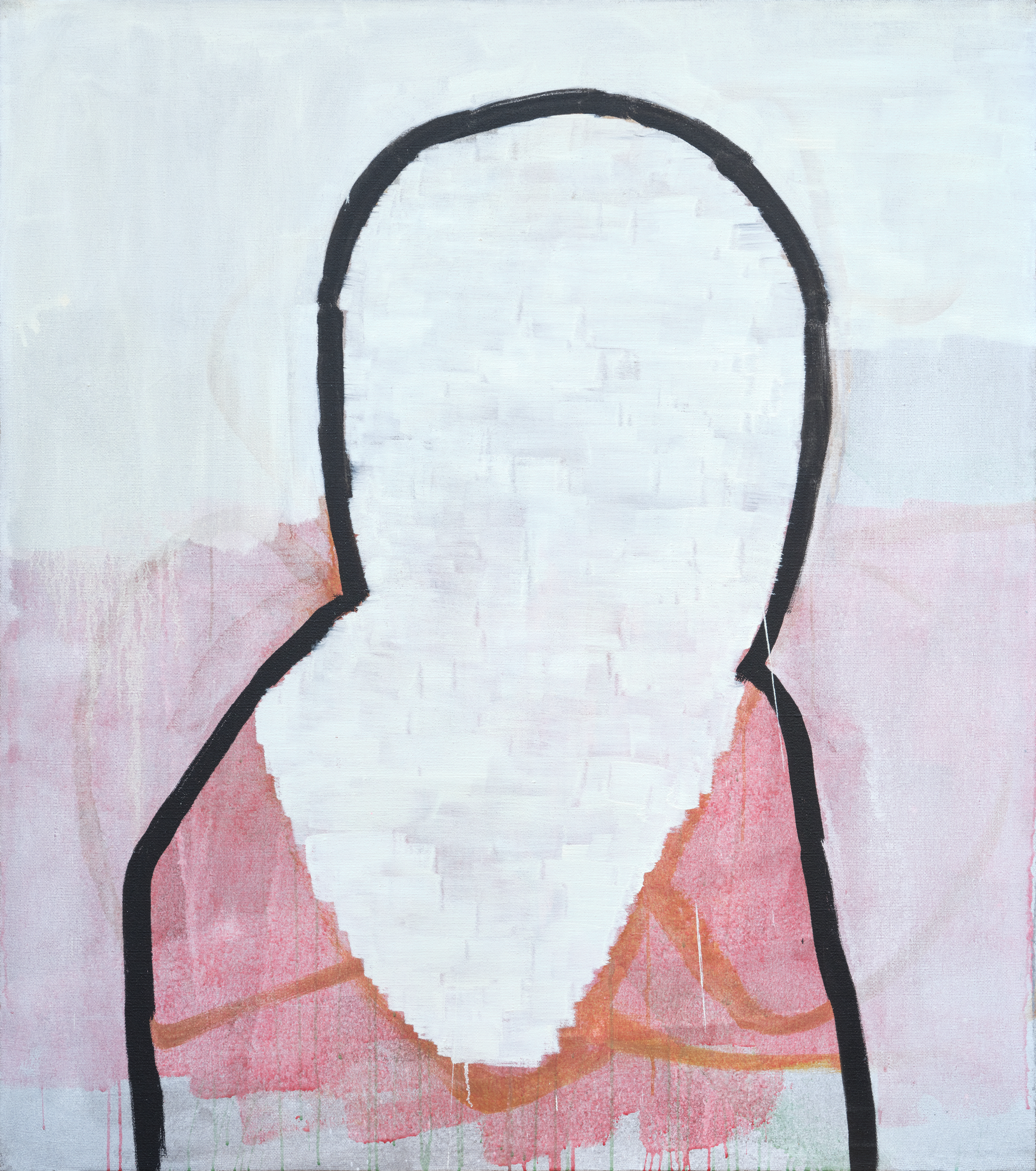
2021
Acrylic and oil on canvas, 174 x 154 cm
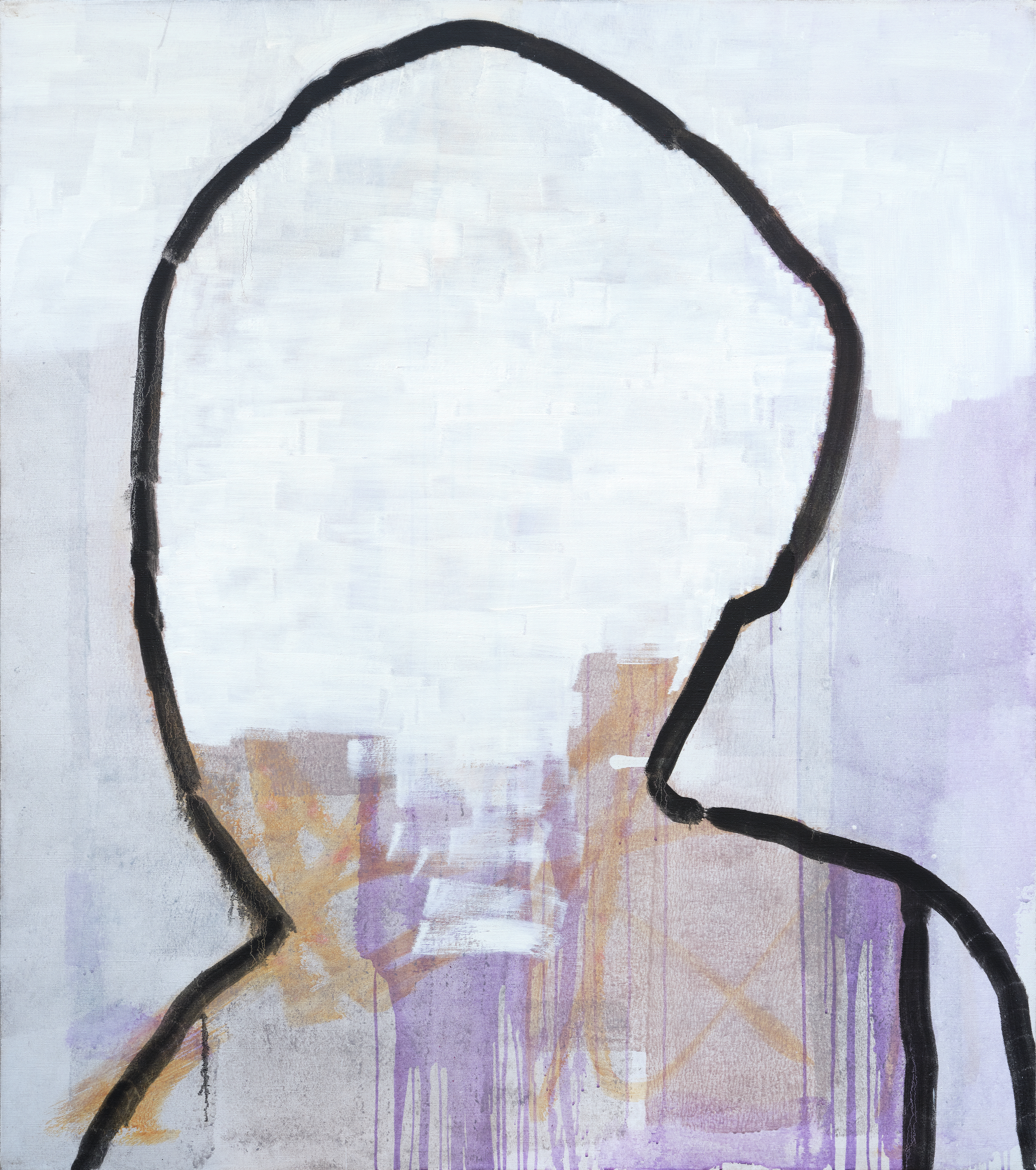
2021
Acrylic and oil on canvas, 174 x 154 cm
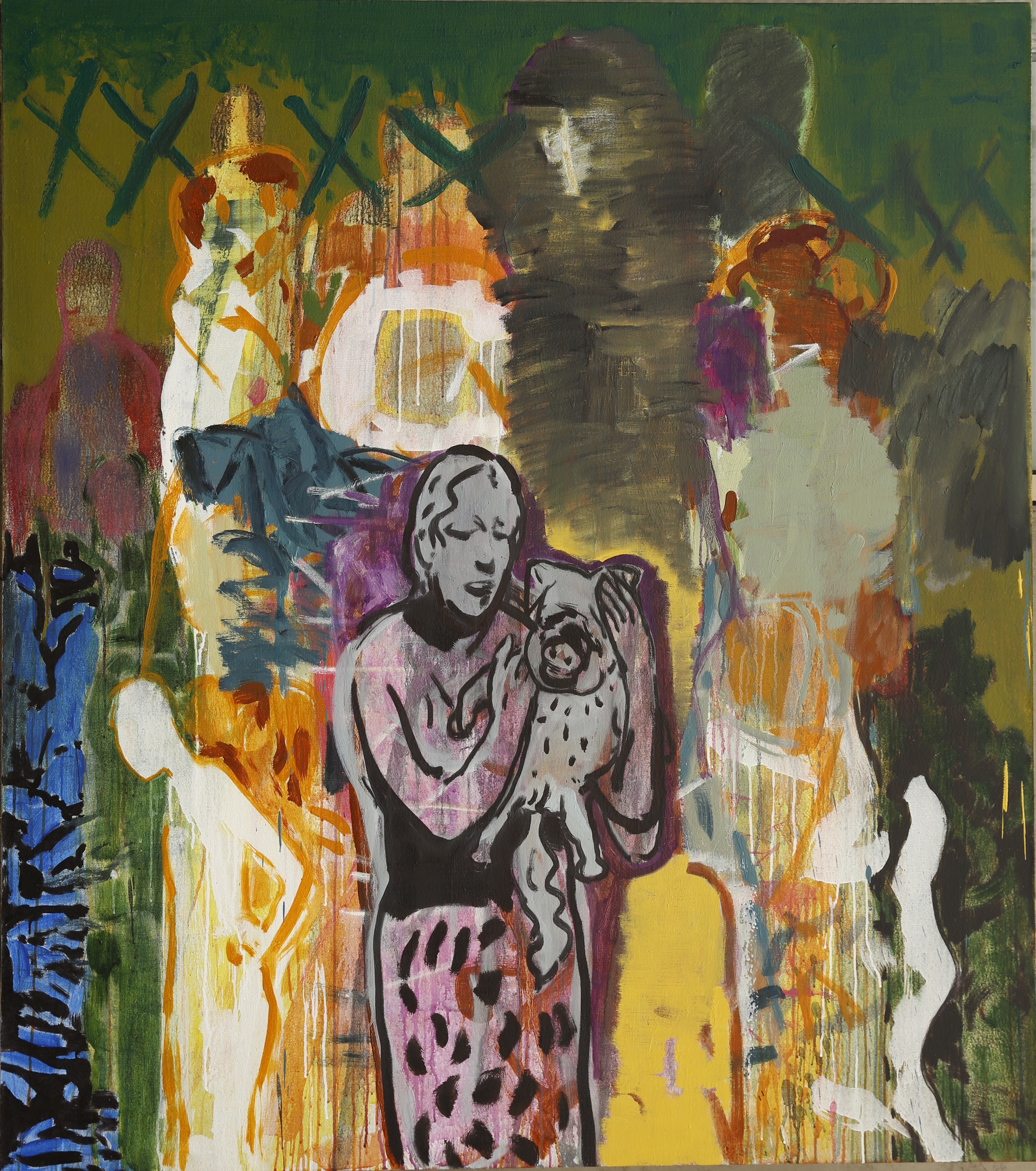
2020
Acrylic and oil on canvas, 174 x 154 cm
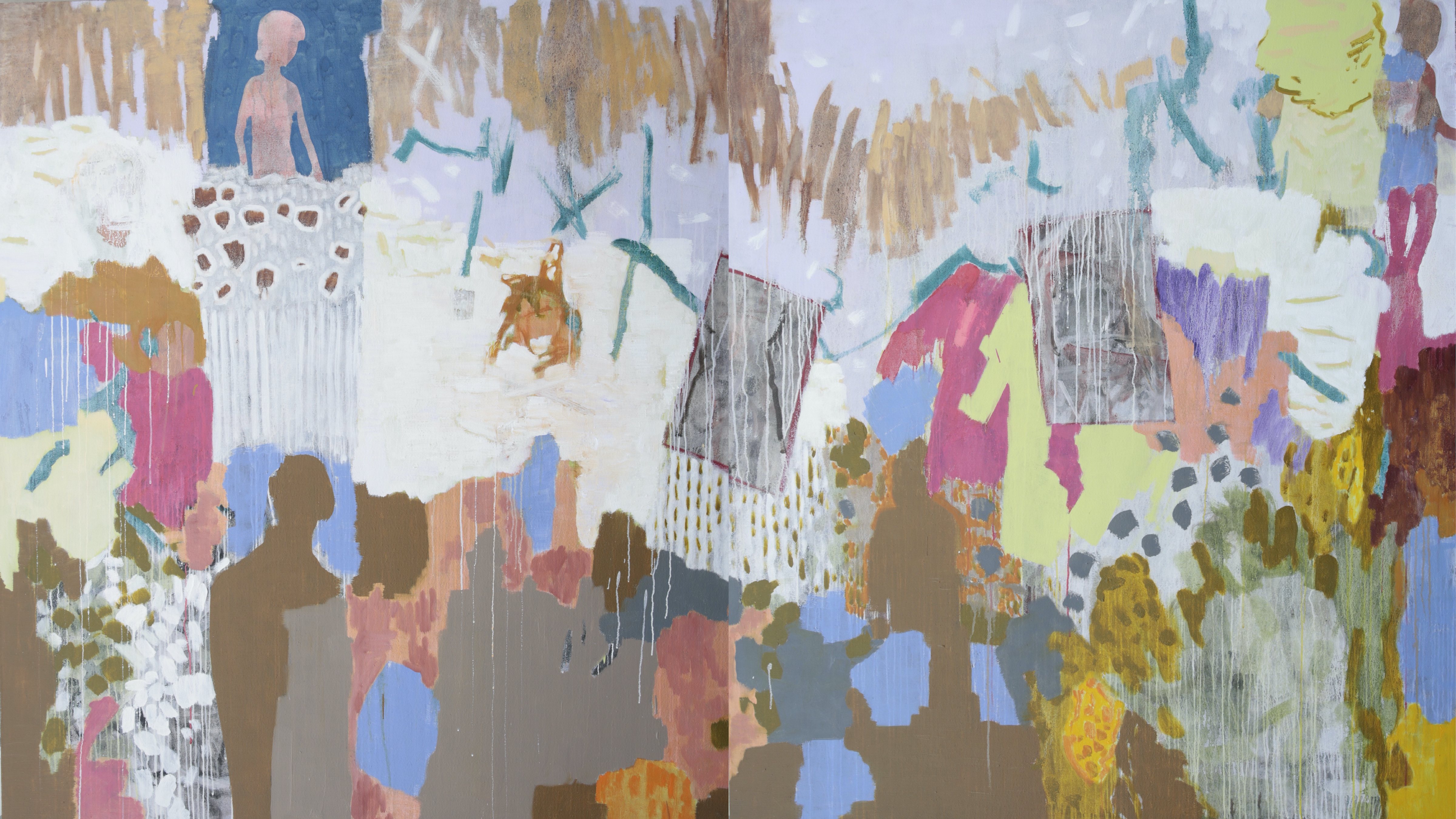
2020
Acrylic and oil on canvas, 174 x 308 cm
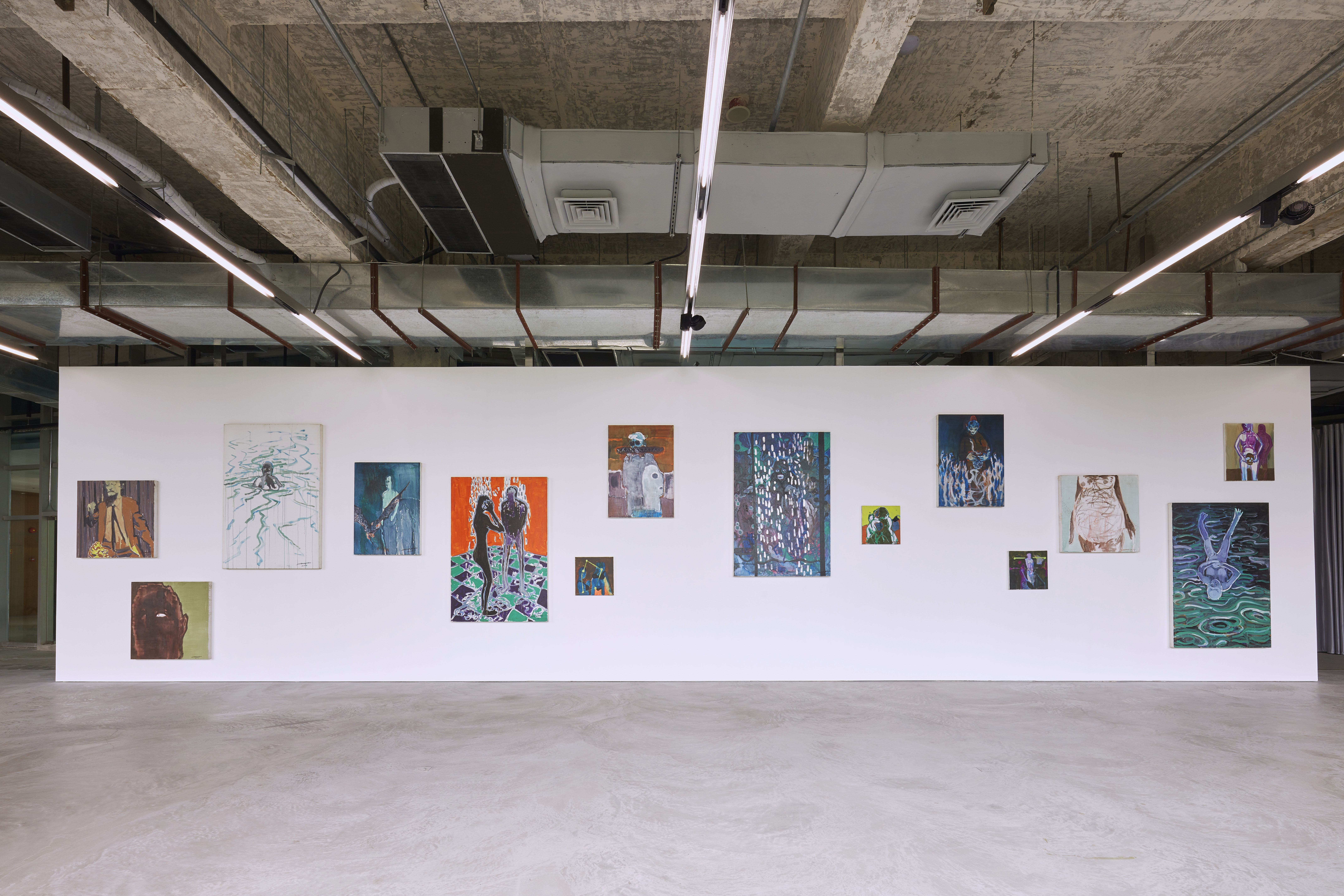
‘Celestial Phenomena’, Edouard Malingue Gallery, Shanghai, 2017.
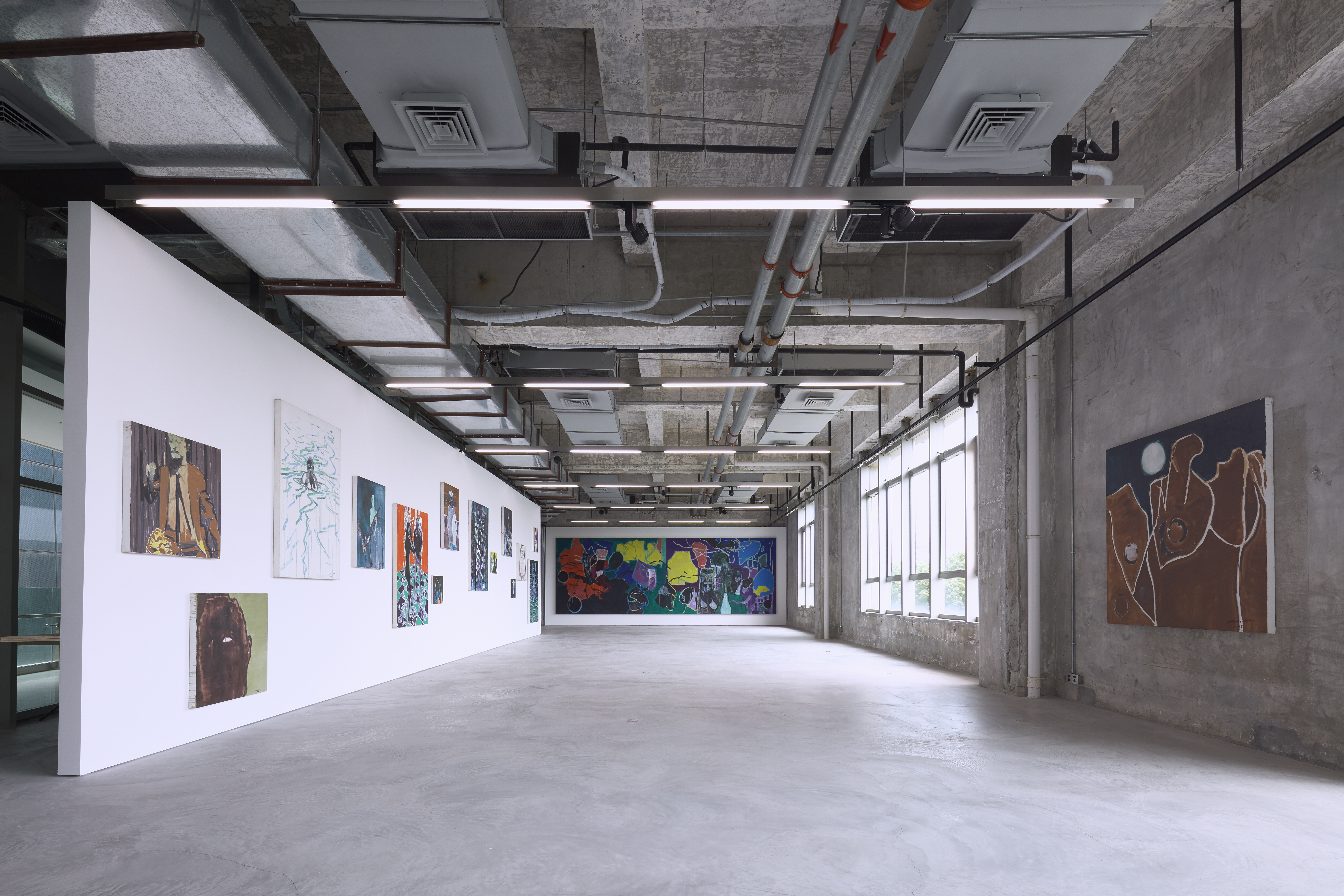
‘Celestial Phenomena’, Edouard Malingue Gallery, Shanghai, 2017.
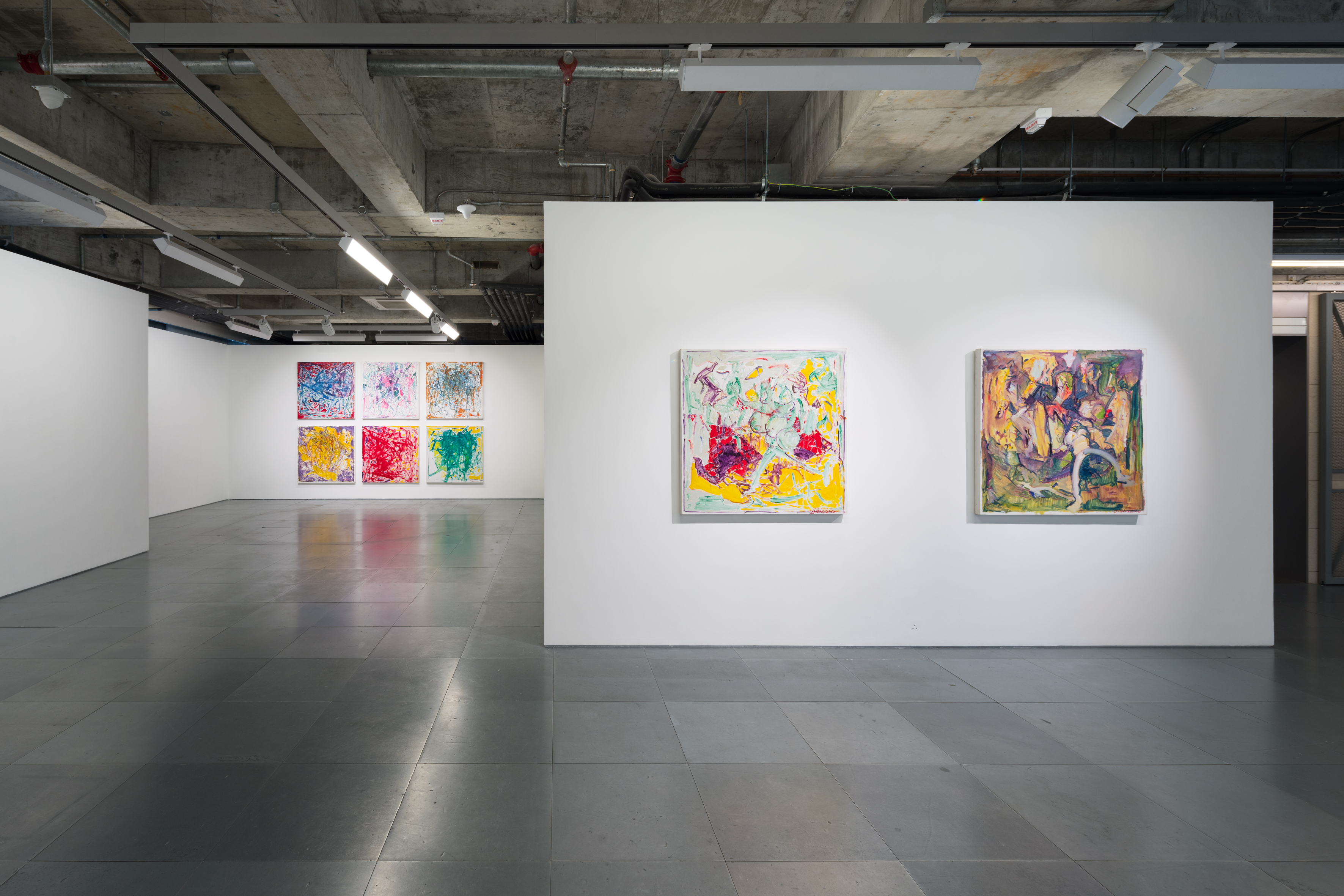
‘2014’, Edouard Malingue Gallery, Hong Kong, 2018.
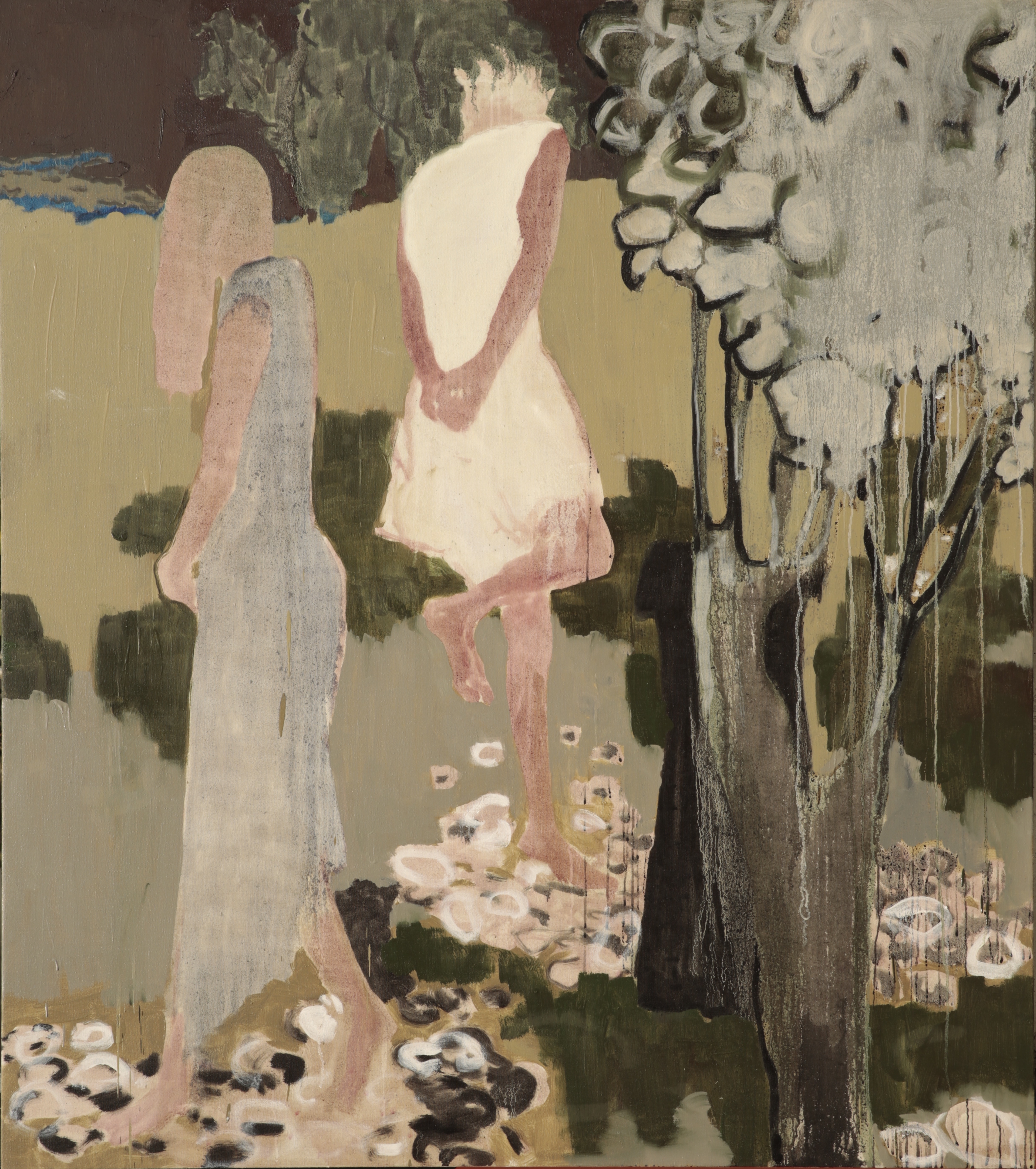
2020
Acrylic and oil on canvas, 174 x 154 cm
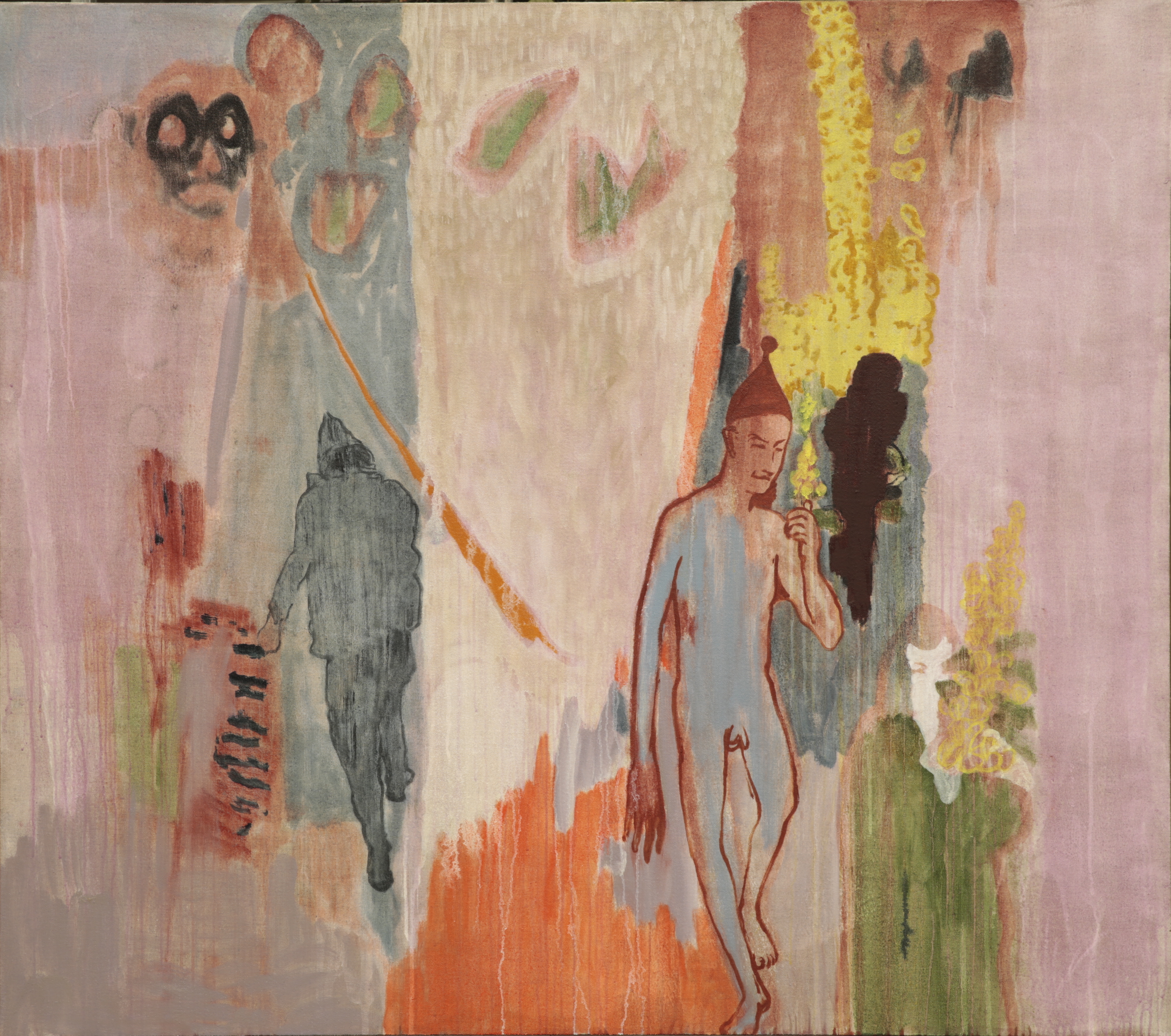
2020
Acrylic and oil on canvas, 154 x 174 cm
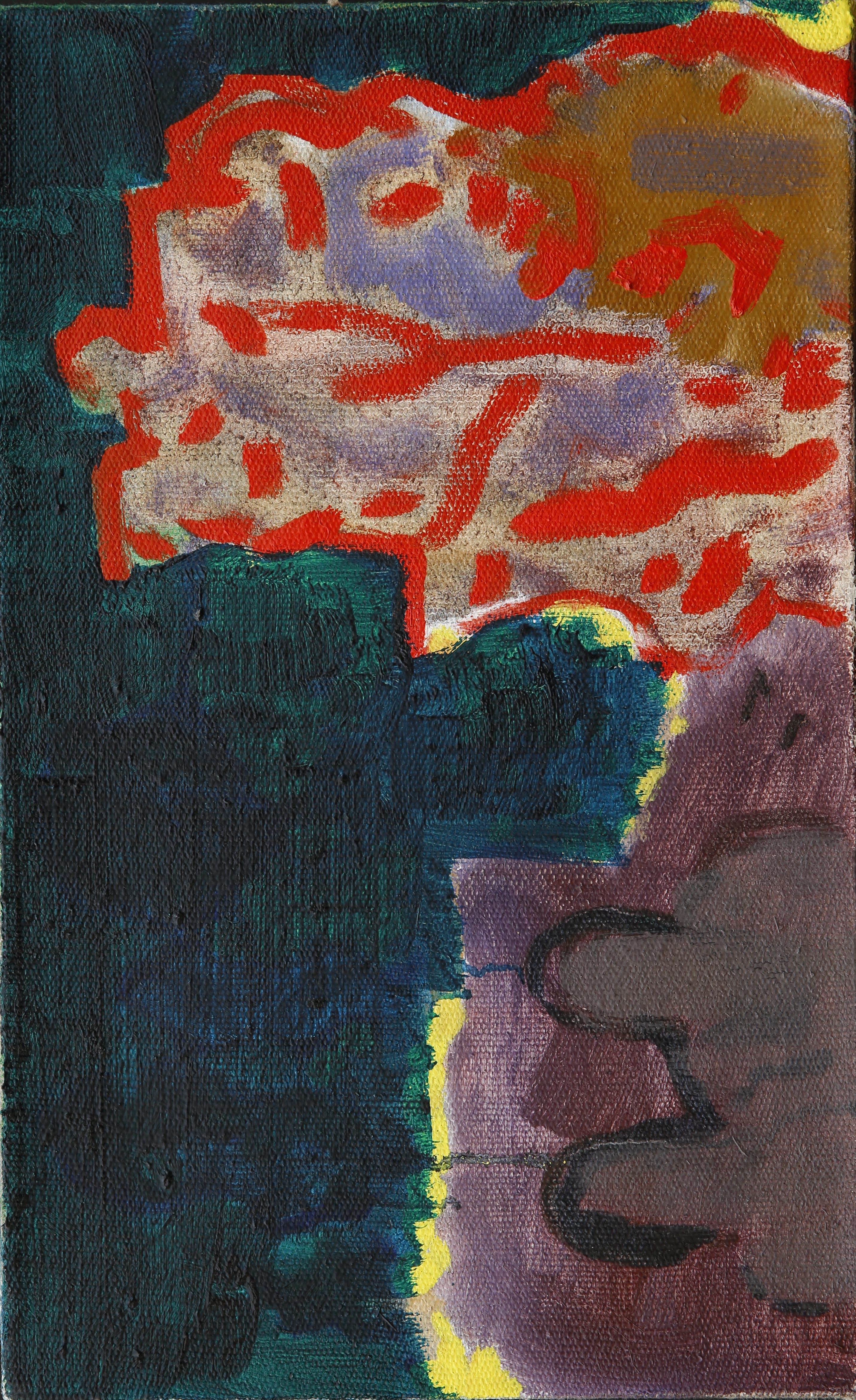
2019
Acrylic and oil on canvas, 42 x 26 cm
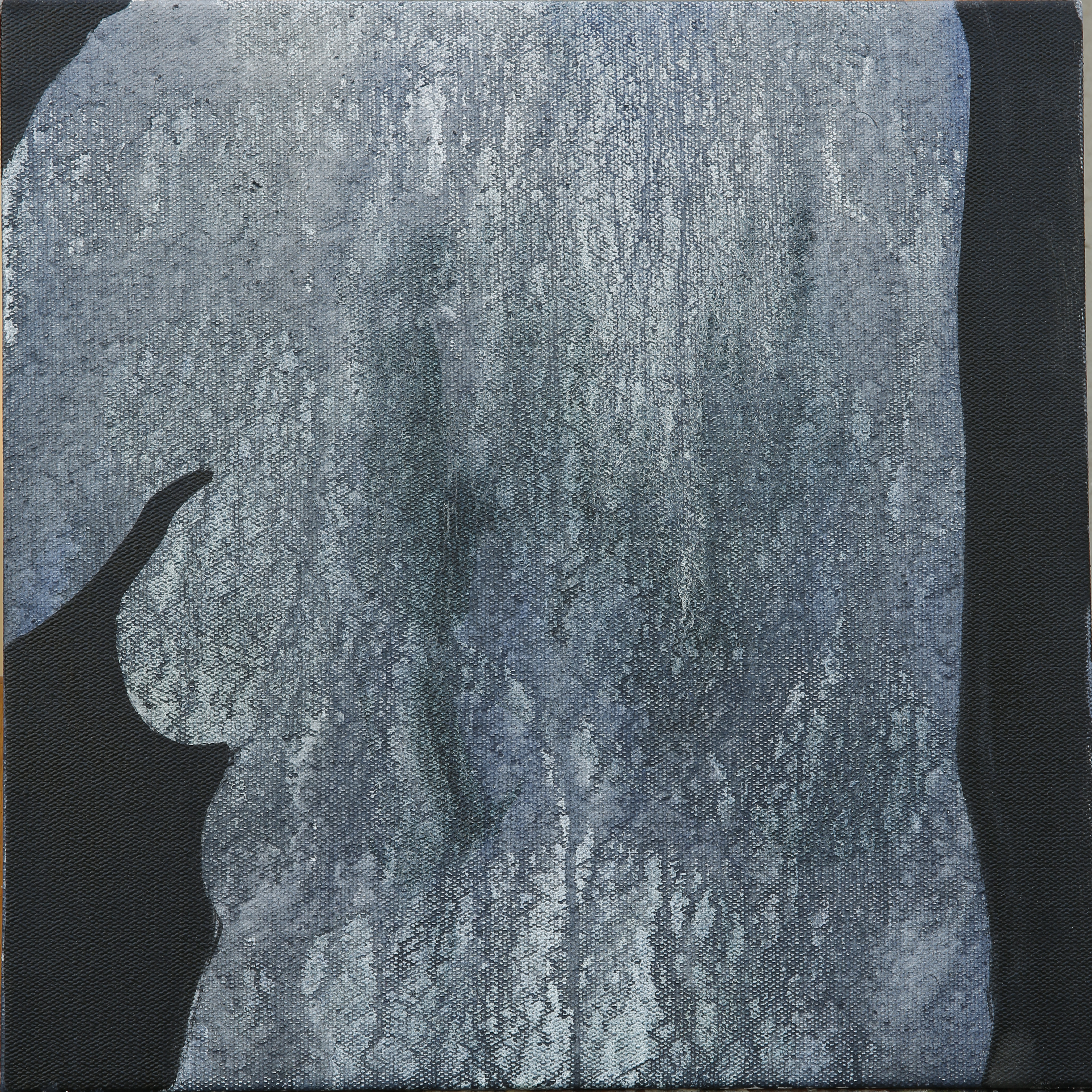
2019
Acrylic and oil on canvas, 40 x 40 cm
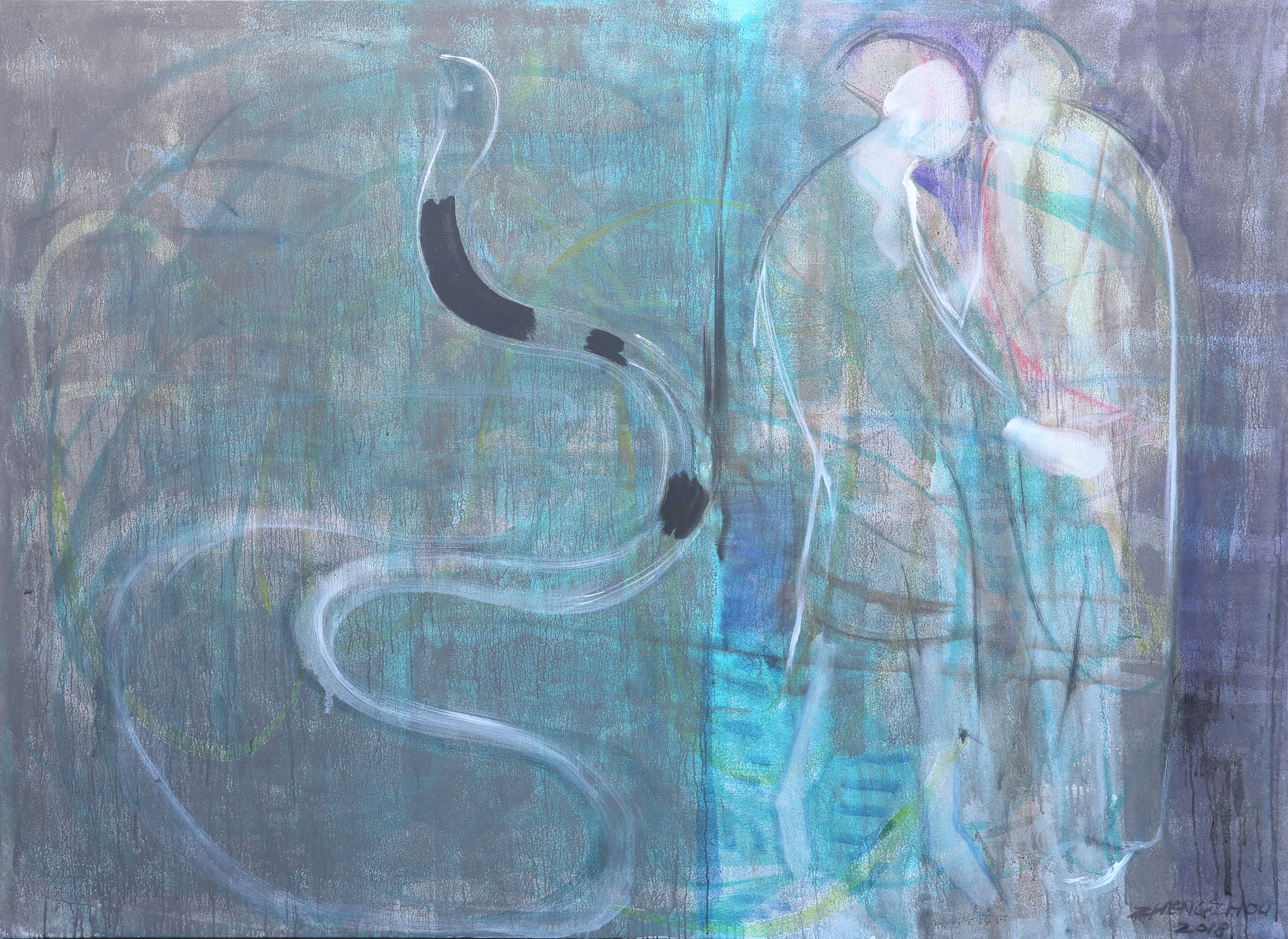
2018
Acrylic and oil on canvas
154 x 210 cm
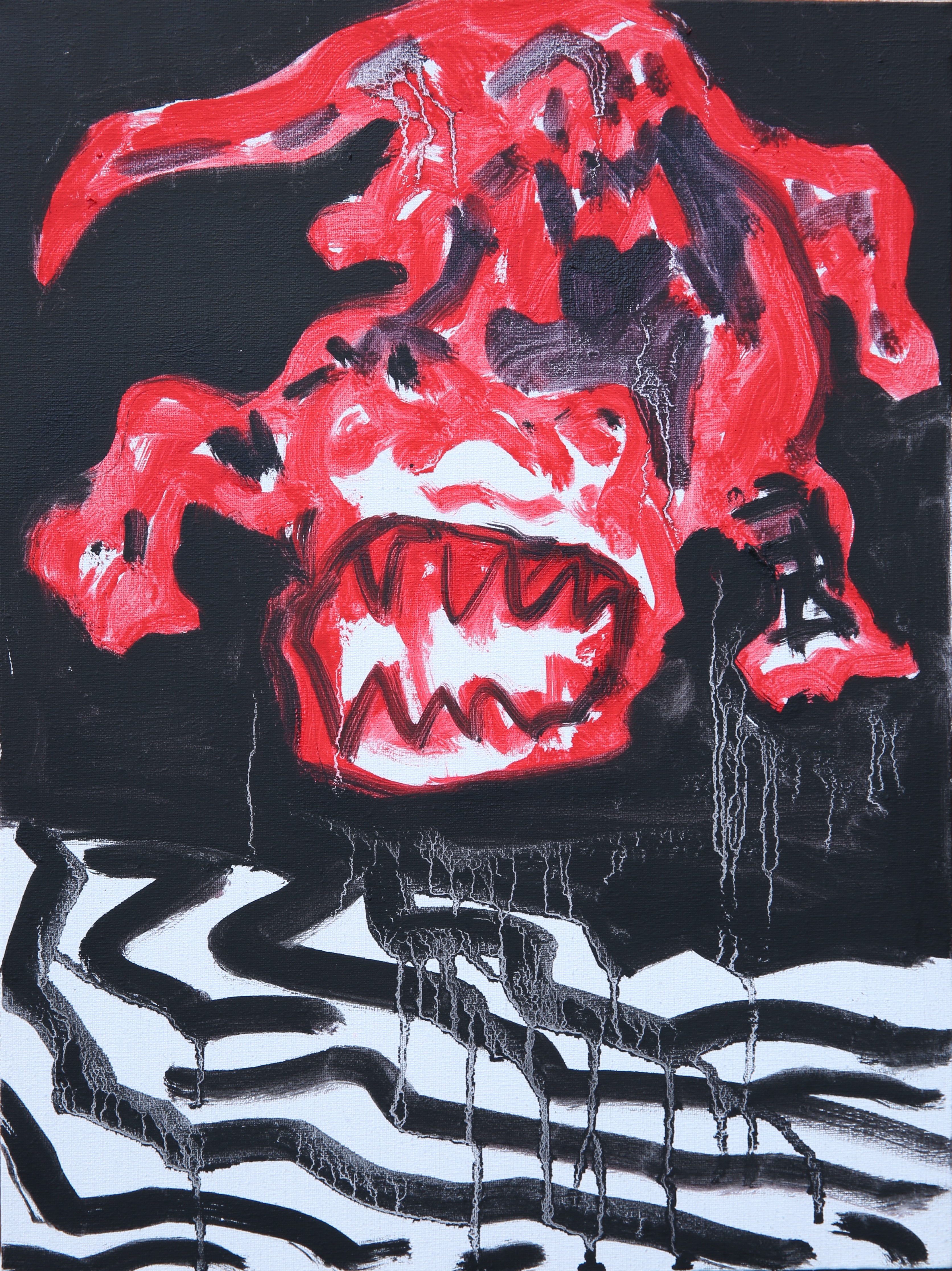
2018
Oil on canvas
40 x 30 cm
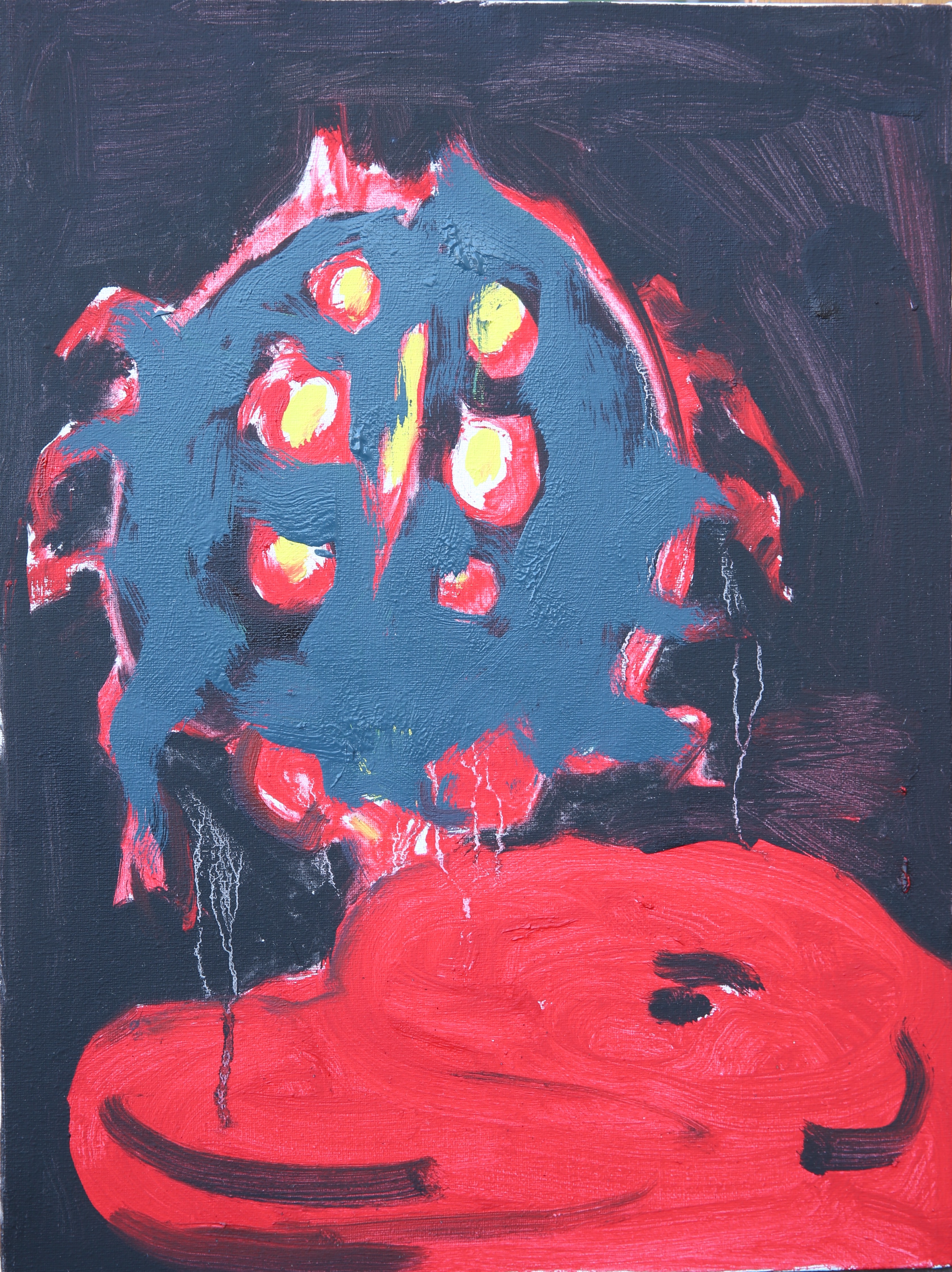
2018
Oil on canvas
40 x 30 cm
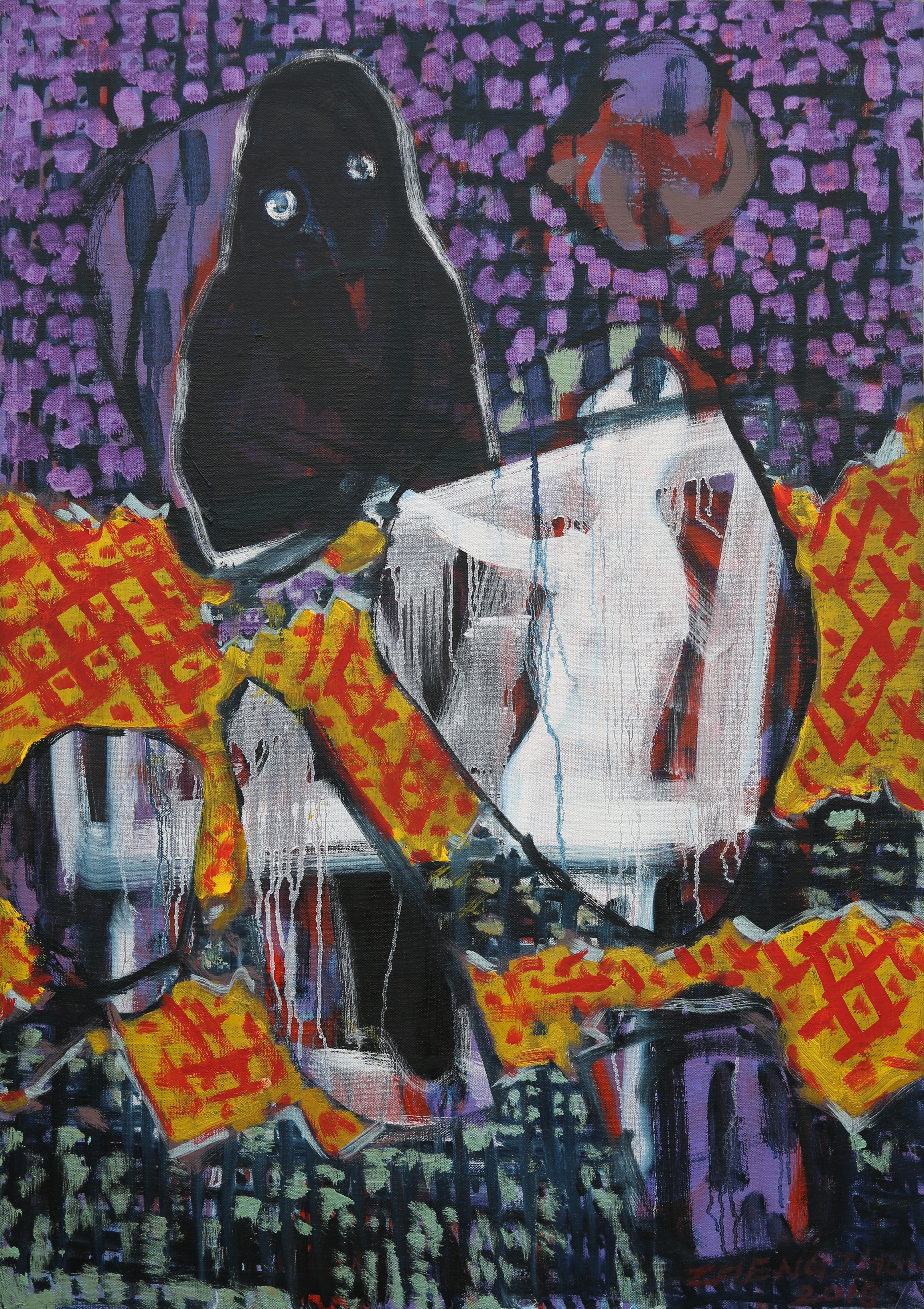
2018
Acrylic and oil on canvas
96 x 68 cm

2018
Acrylic and oil on canvas
210 x 154 cm

2018
Oil on canvas
40 x 30 cm
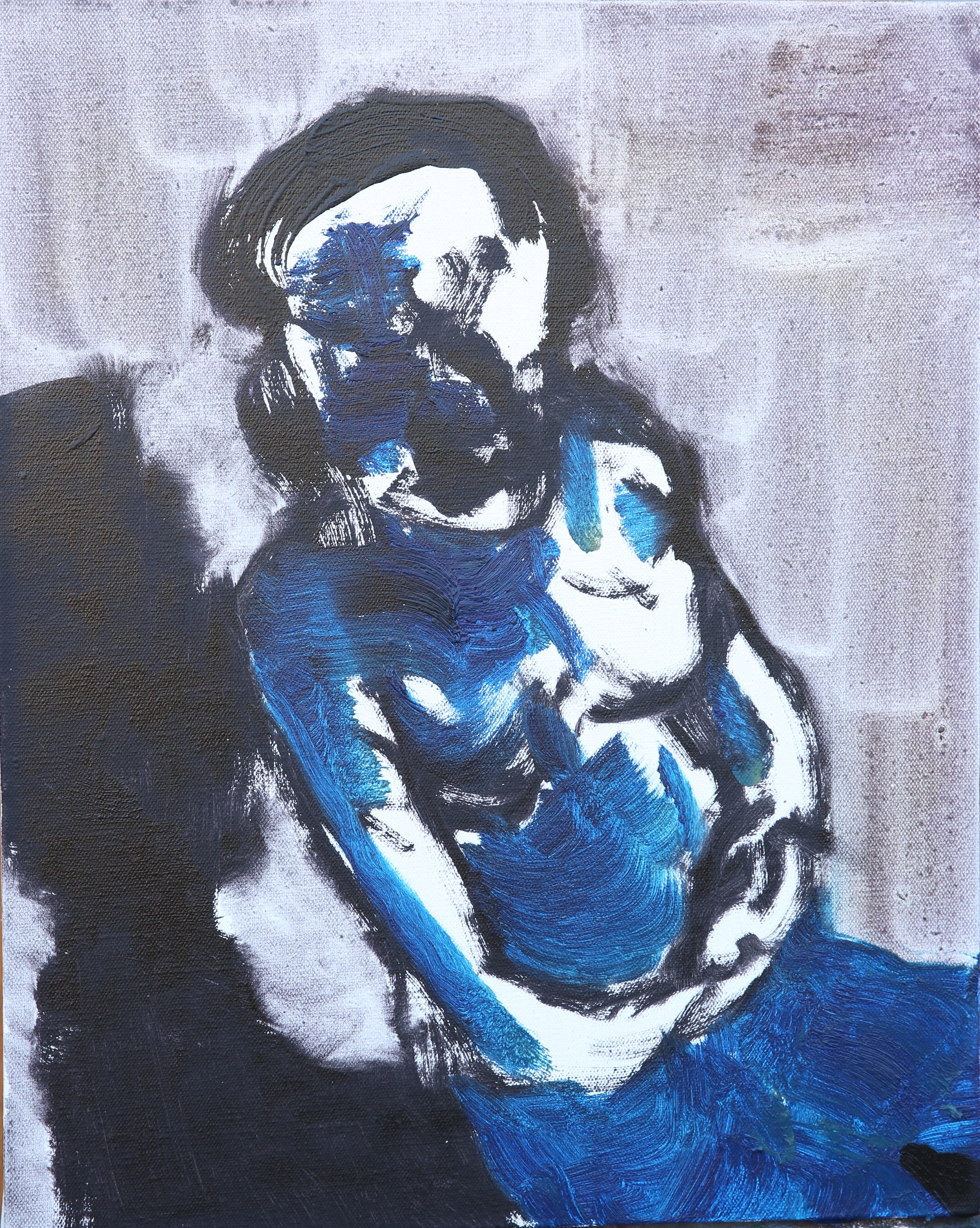
2018
Oil on canvas
50 x 40 cm
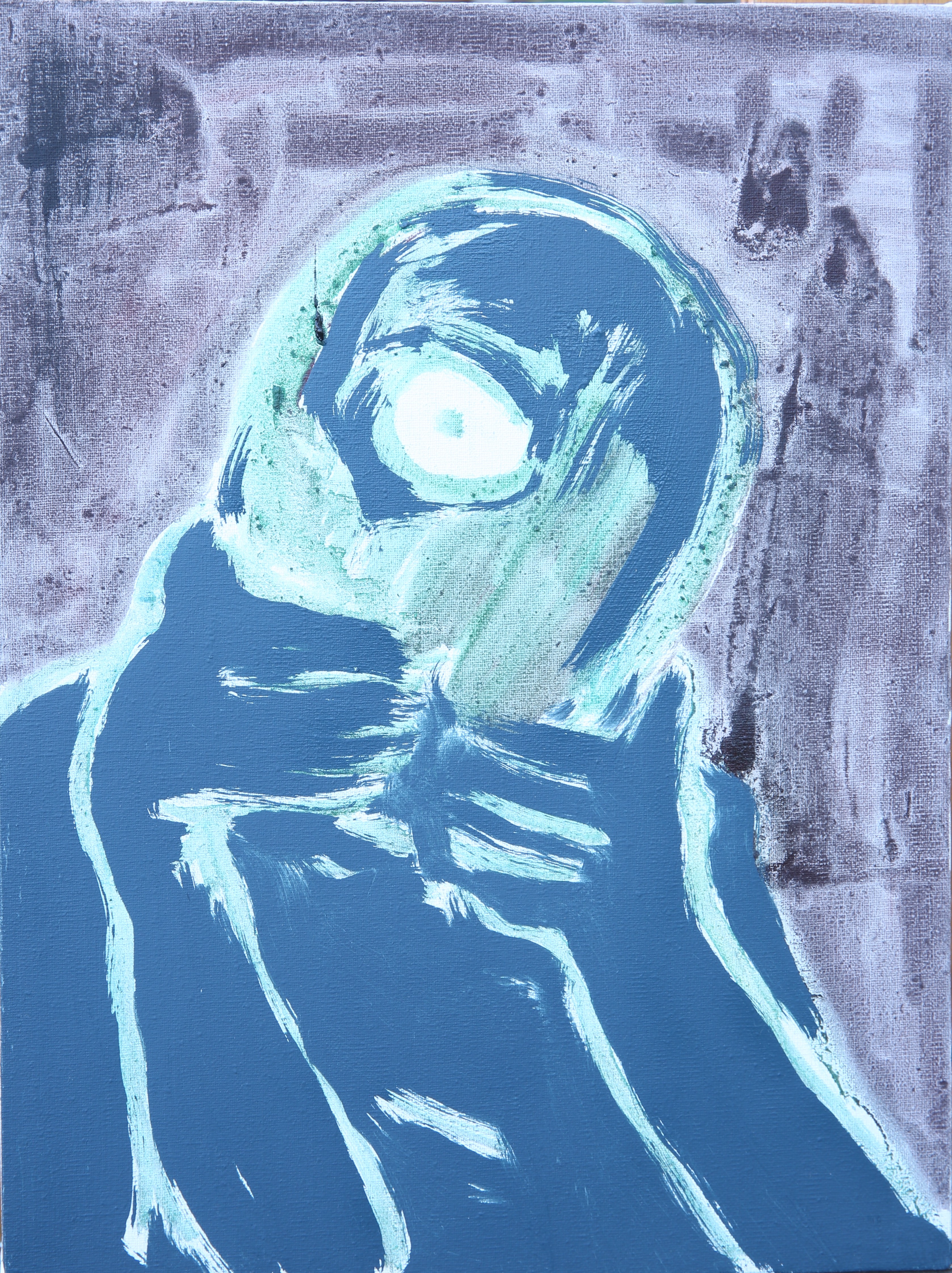
2018
Oil on canvas
40 x 30 cm

2017
Oil on canvas
40 x 50 cm
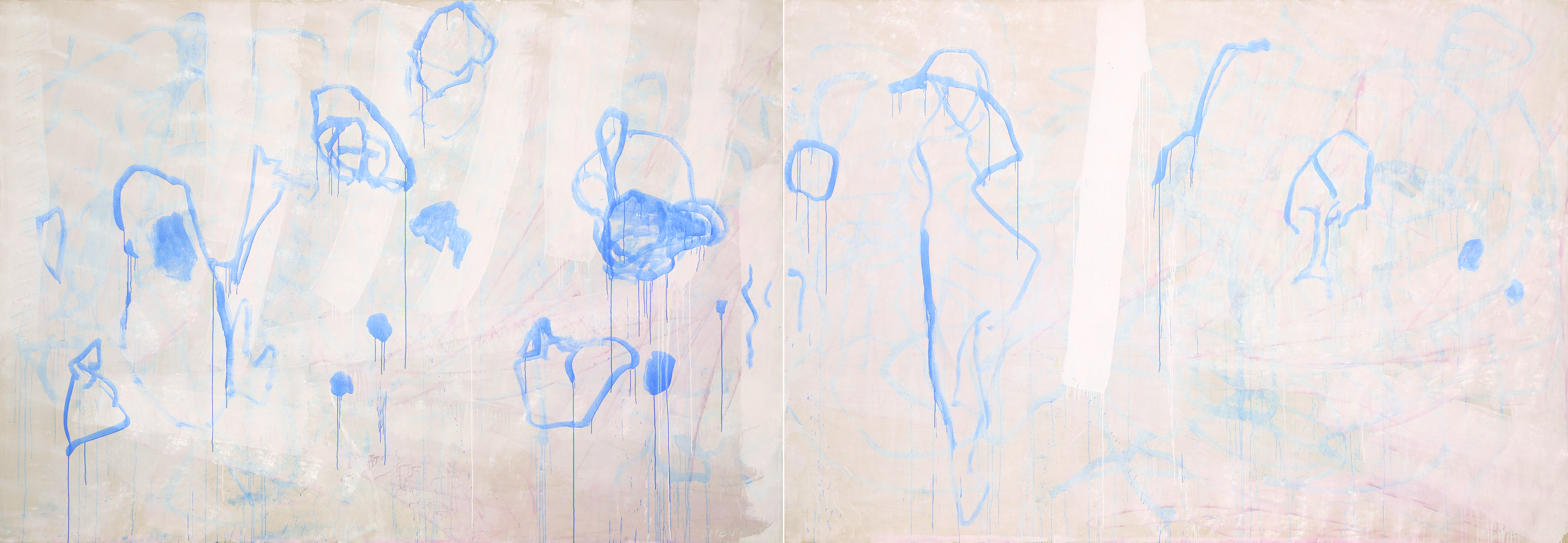
2017
Acrylic on canvas
256 x 368 cm each, diptych
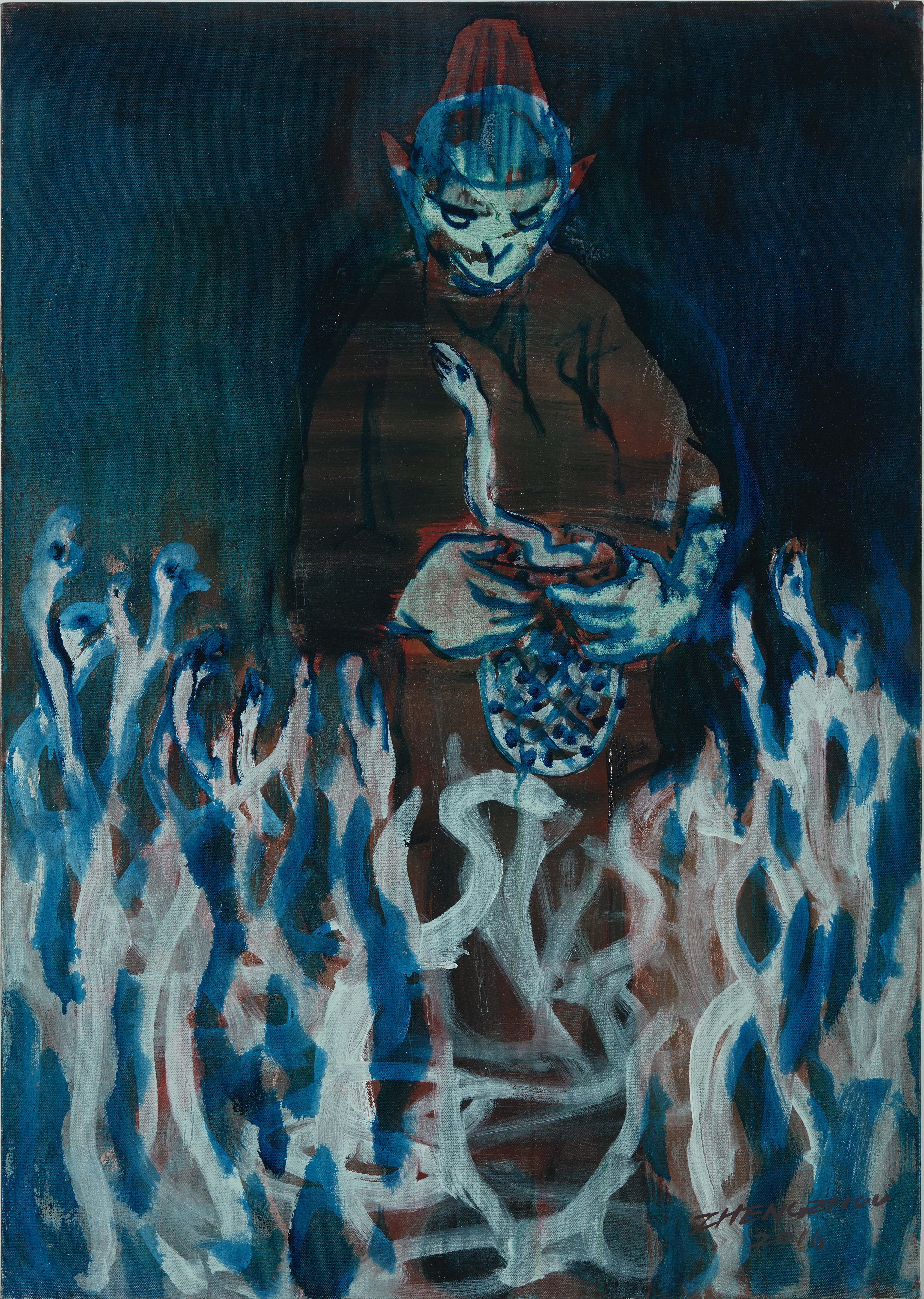
2017
Oil on canvas
96 x 68cm
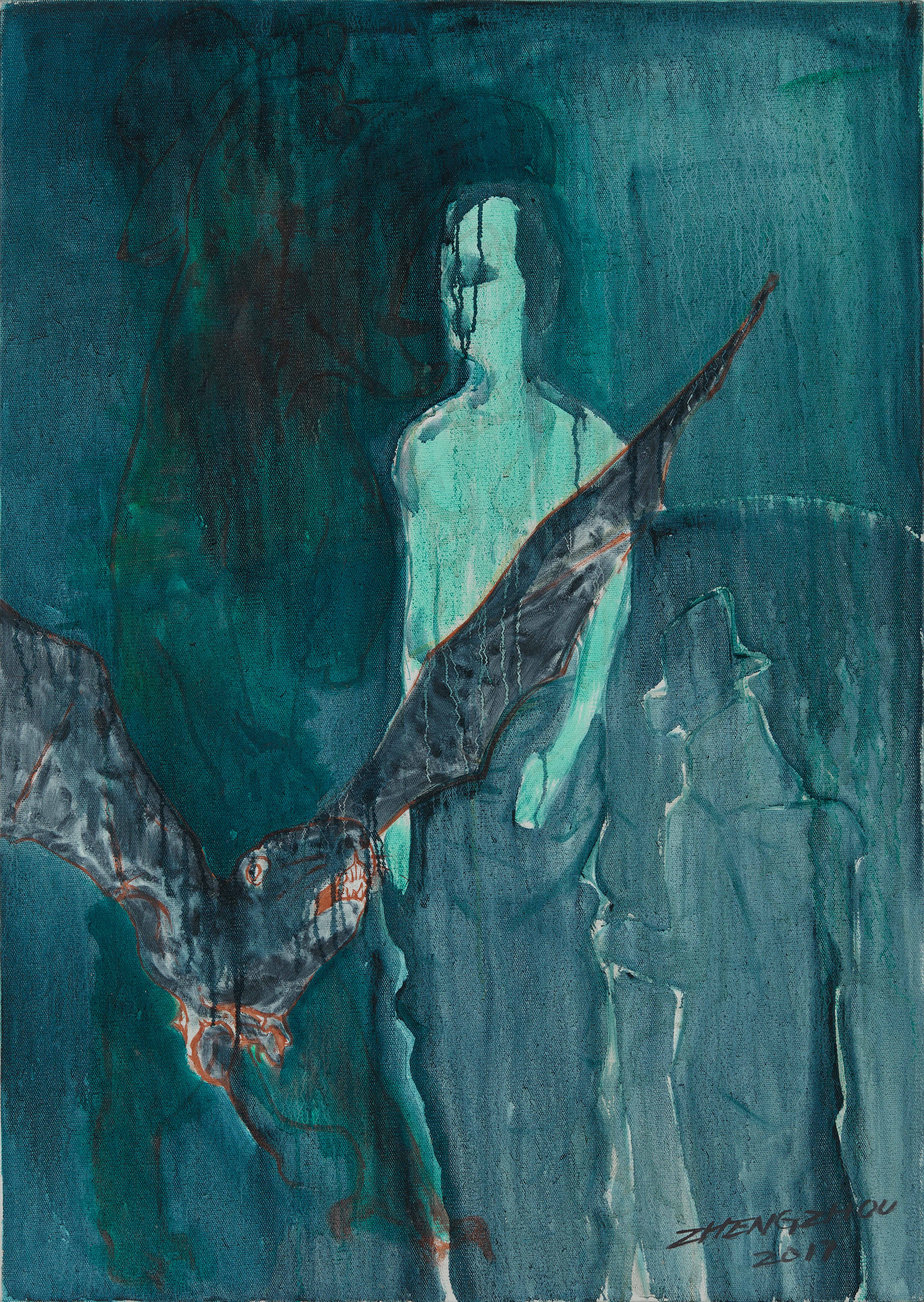
2017
Oil on canvas
96 x 68cm
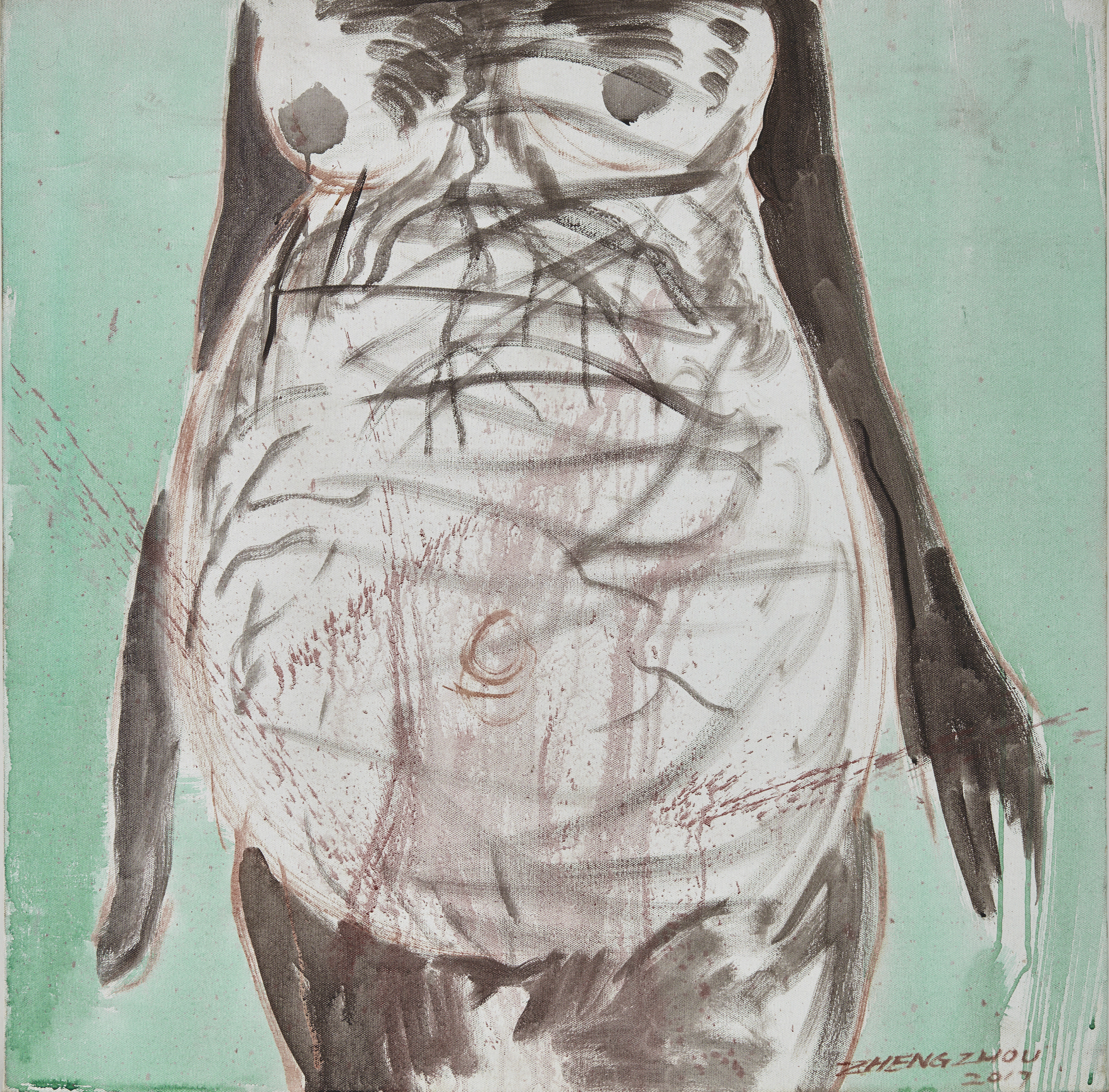
2017
Acrylic and oil on canvas
80 x 80cm
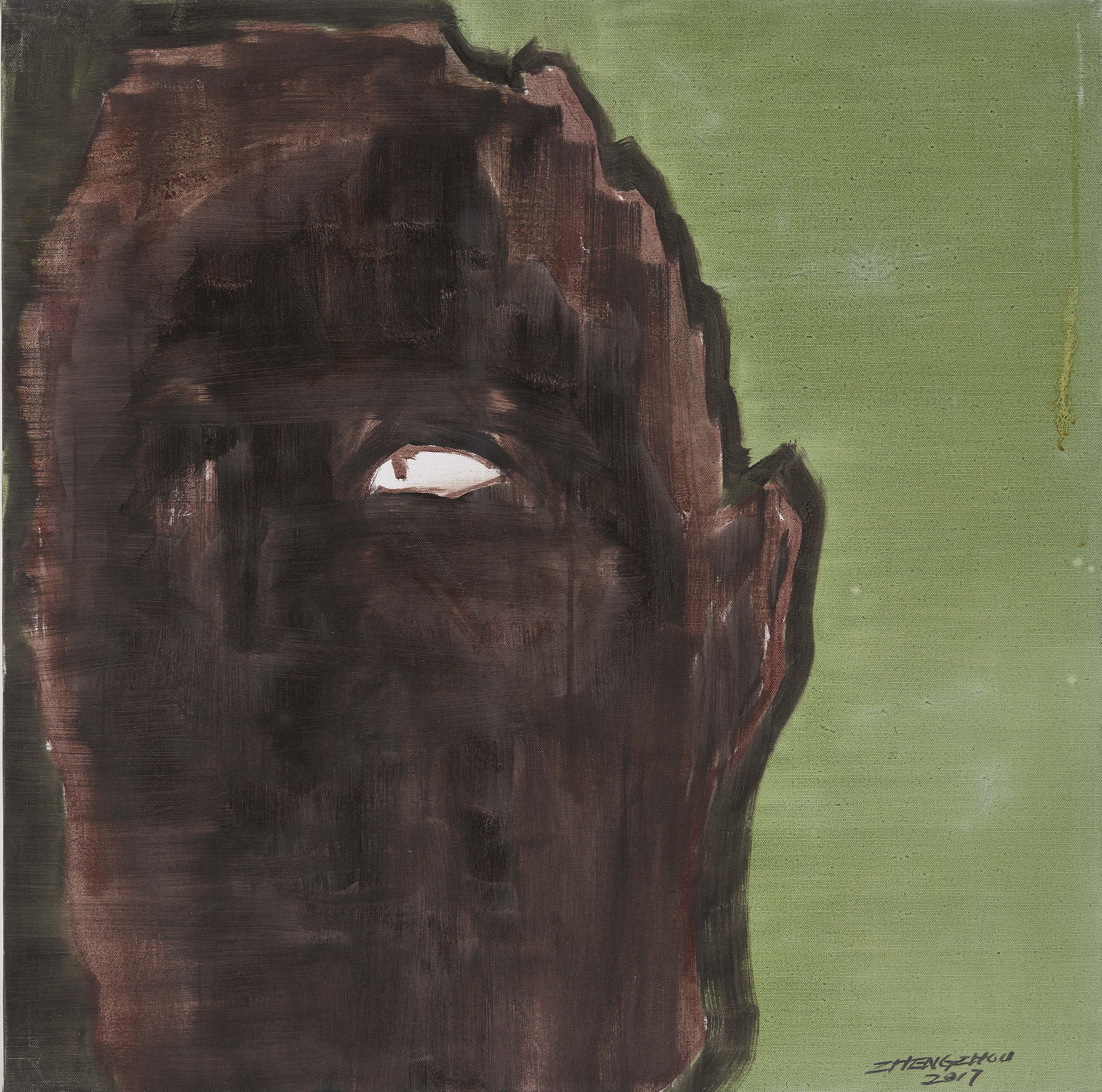
2017
Oil on canvas
80 x 80cm
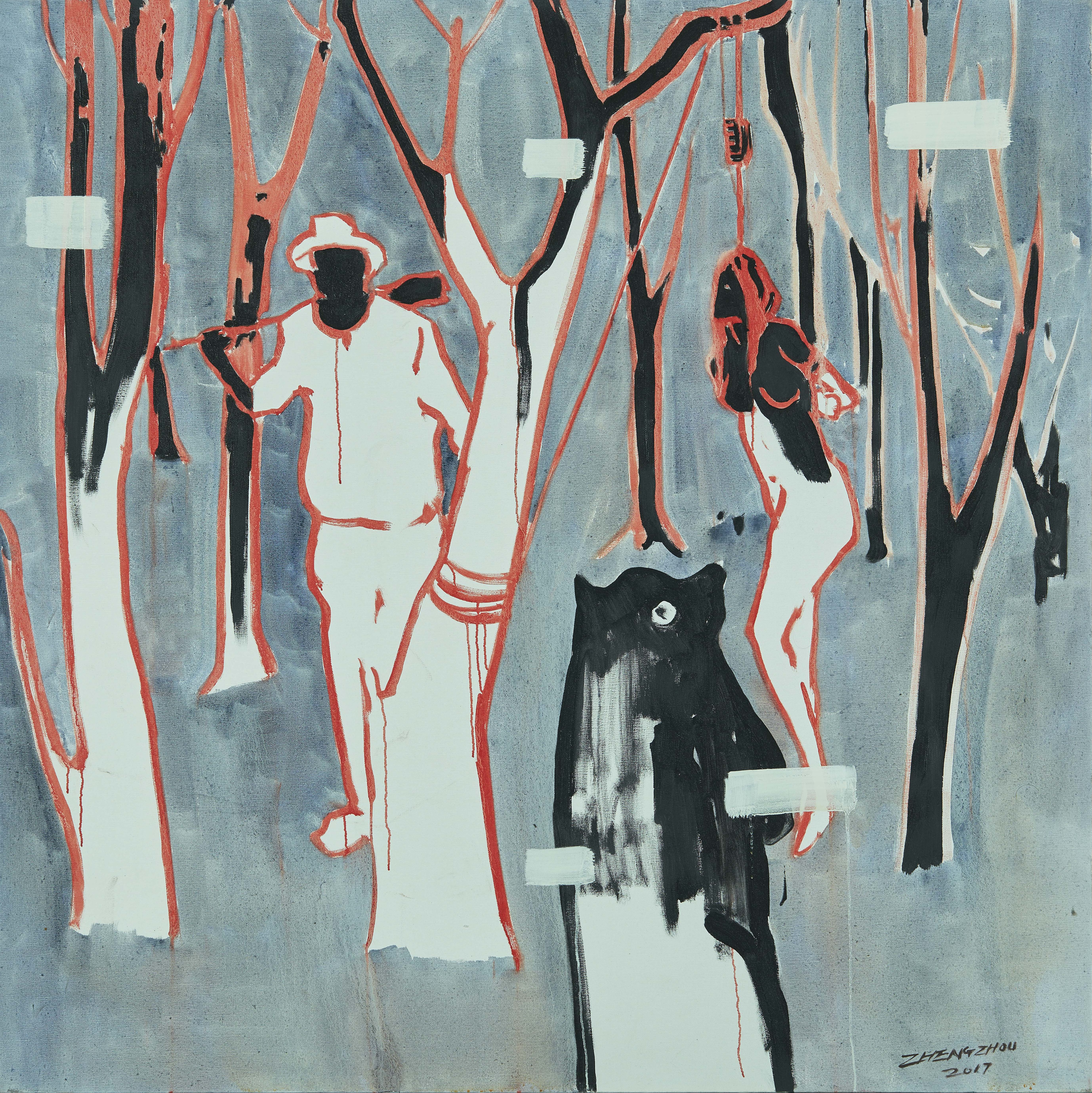
2016
Oil on canvas
154 x 154cm

2015
Acrylic on canvas
150 x 100cm
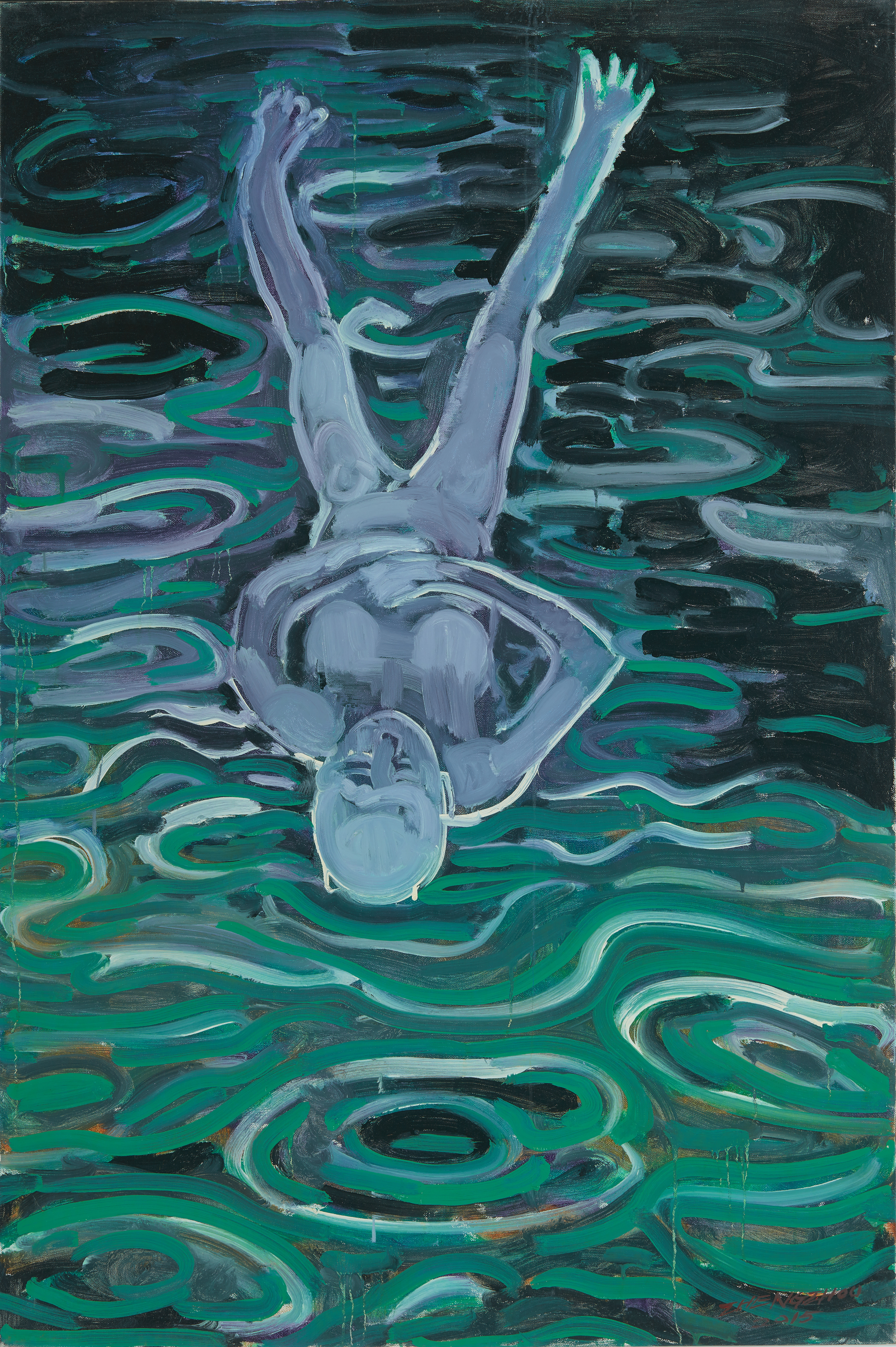
2015
Acrylic on canvas
150 x 100cm
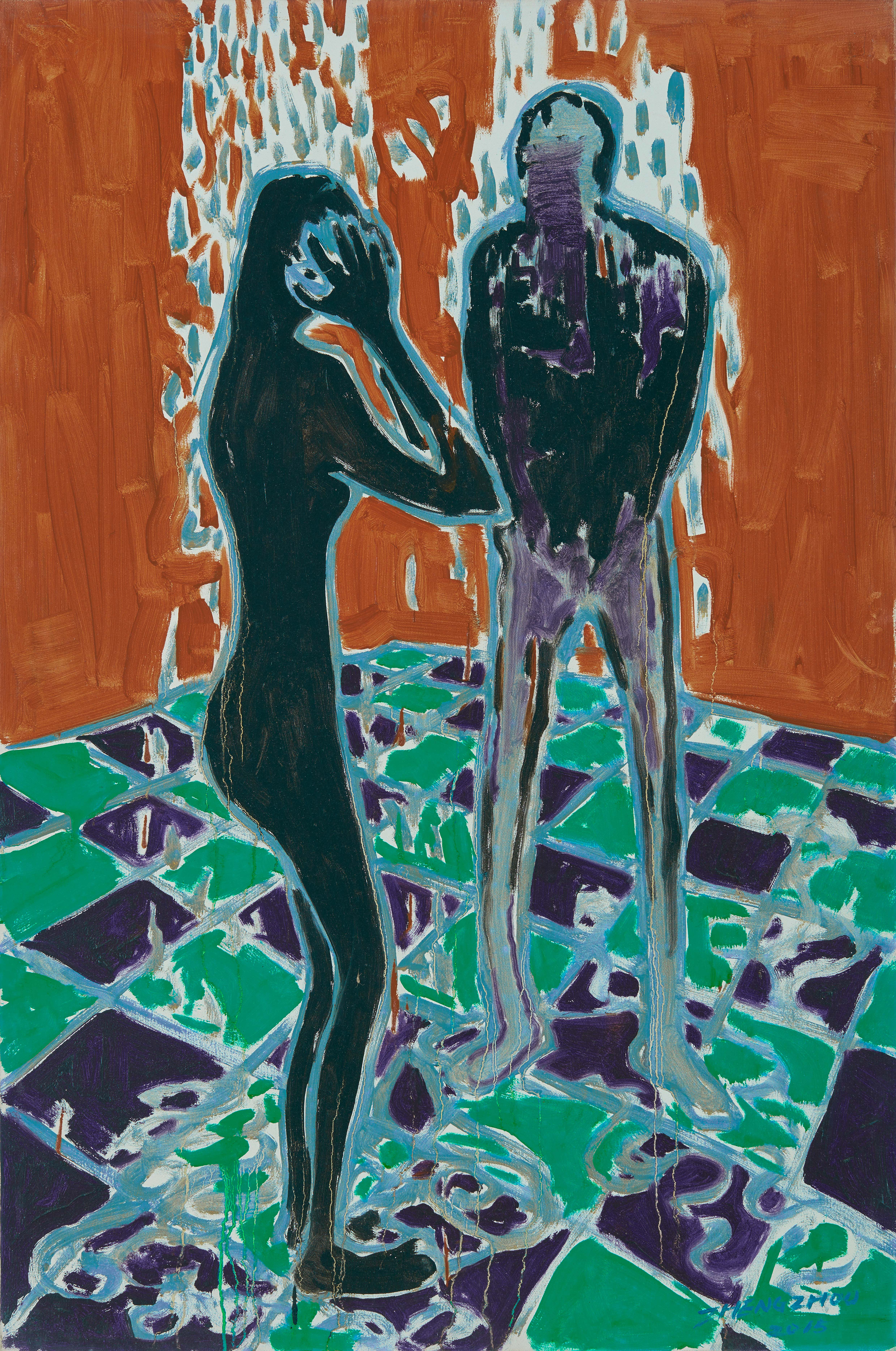
2015
Acrylic on canvas
150 x 100 cm
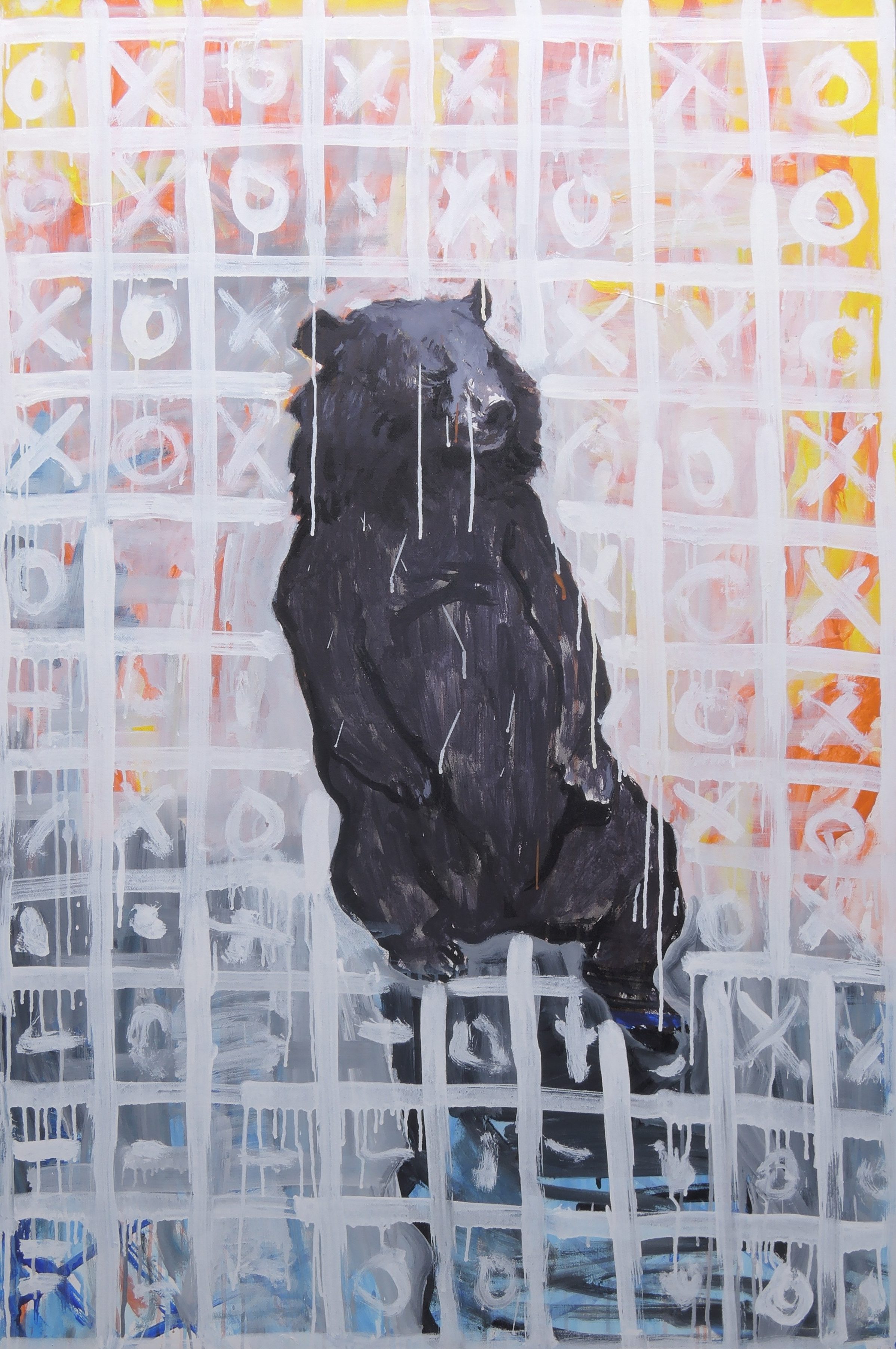
2015
Acrylic on canvas
150 x 100cm
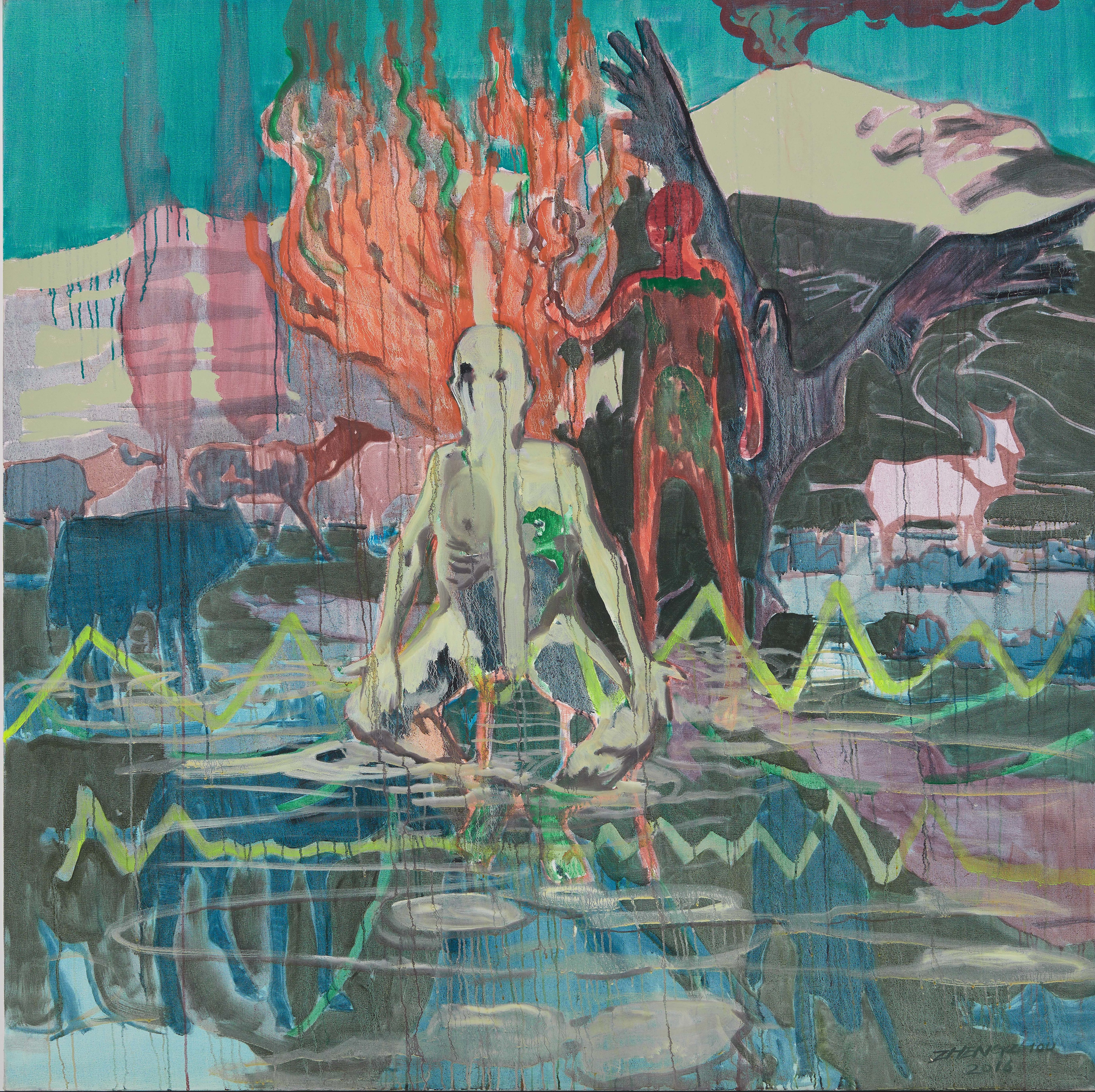
2015
Oil on canvas
154 x 154 cm
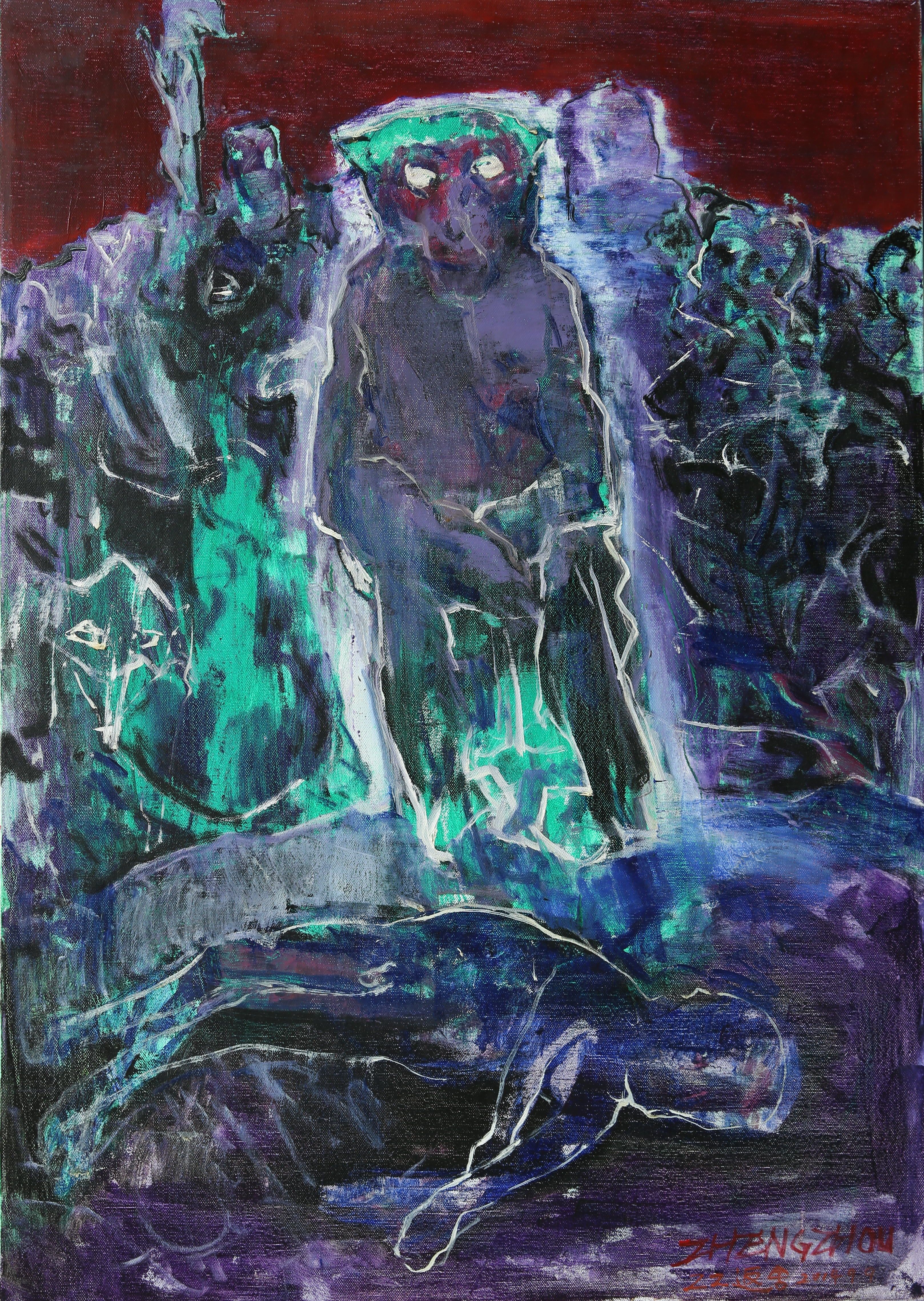
2014
Oil on canvas
96 x 68 cm
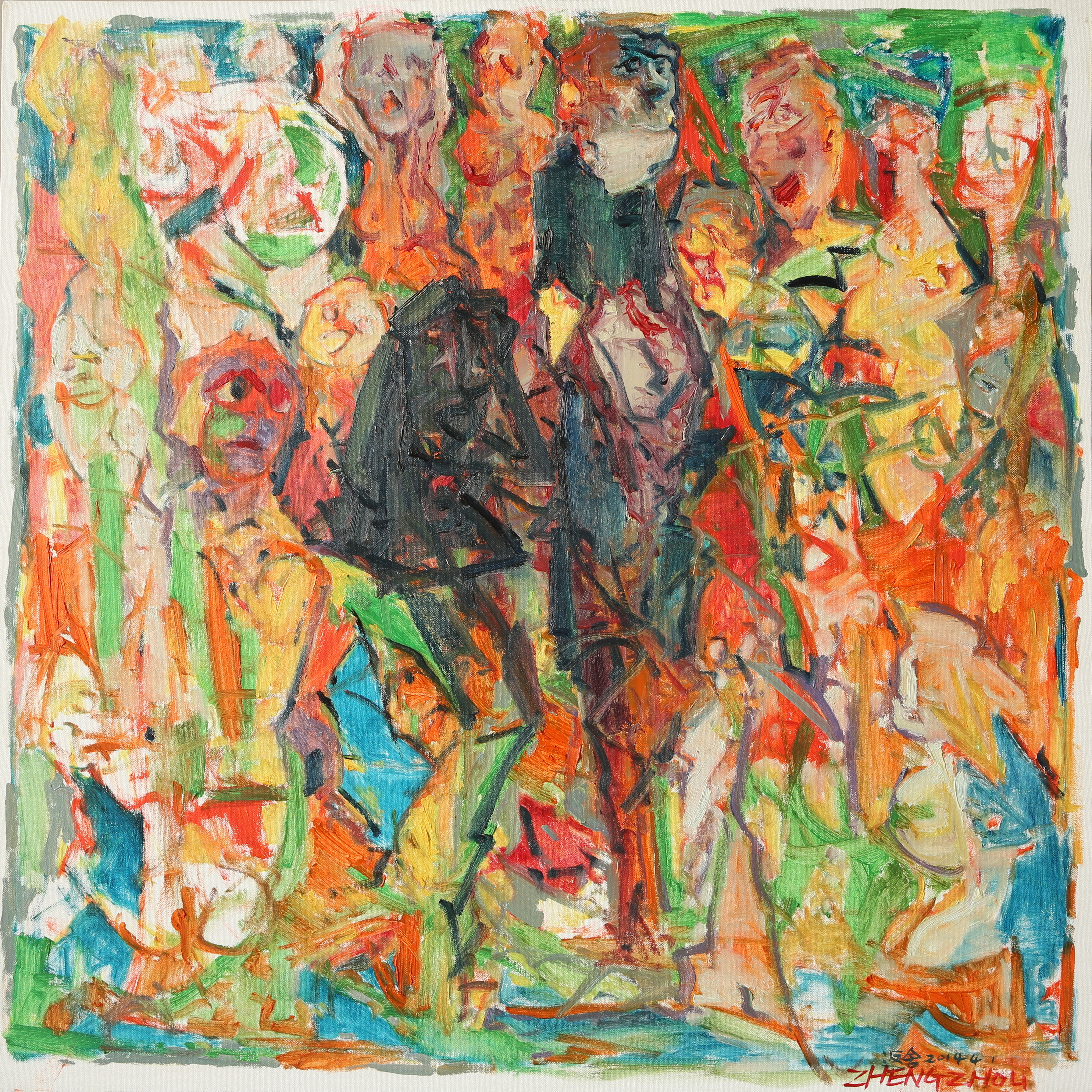
2014
Oil on canvas
110 x 110 cm
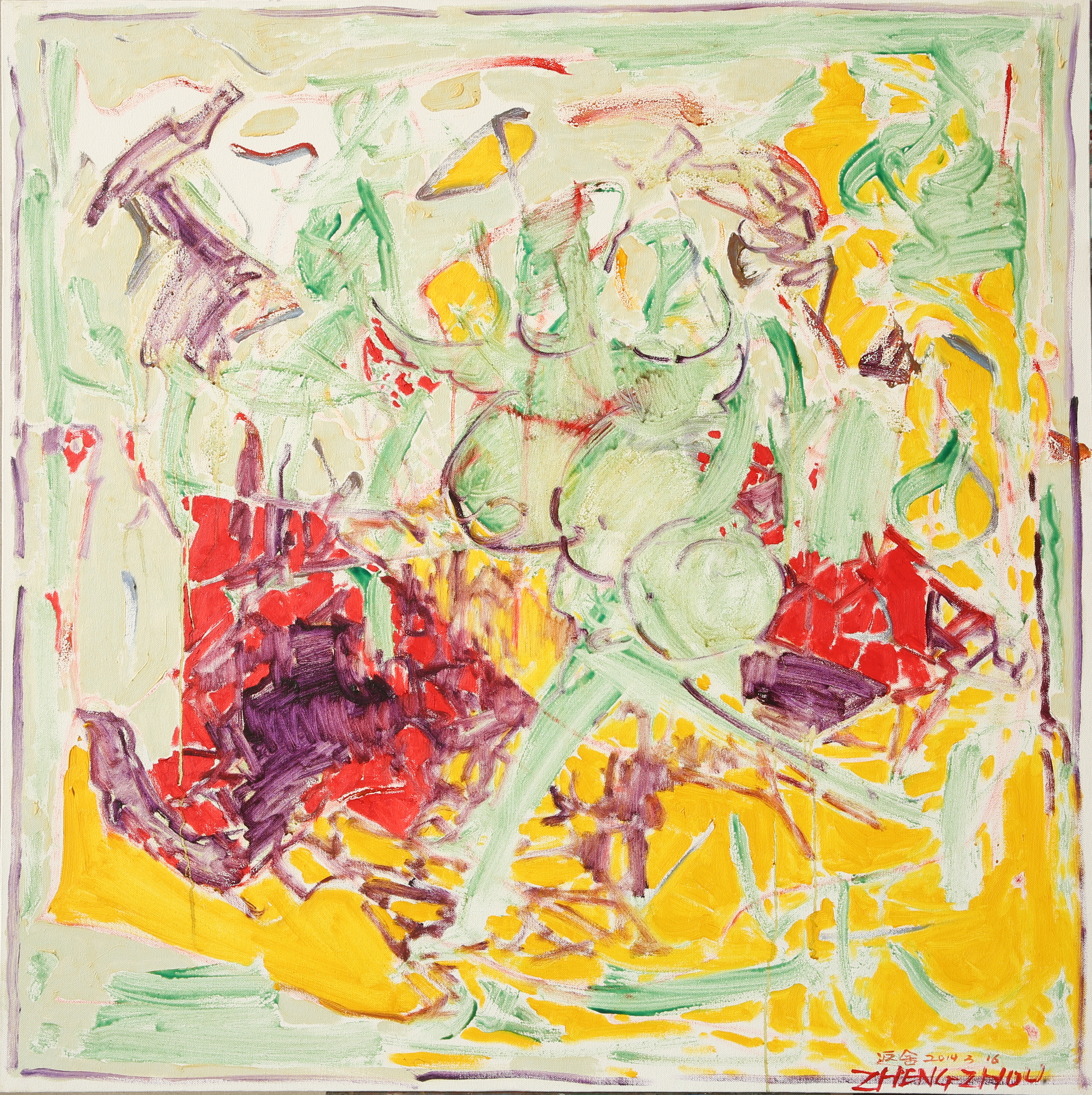
2014
Oil on canvas
110 x 110 cm
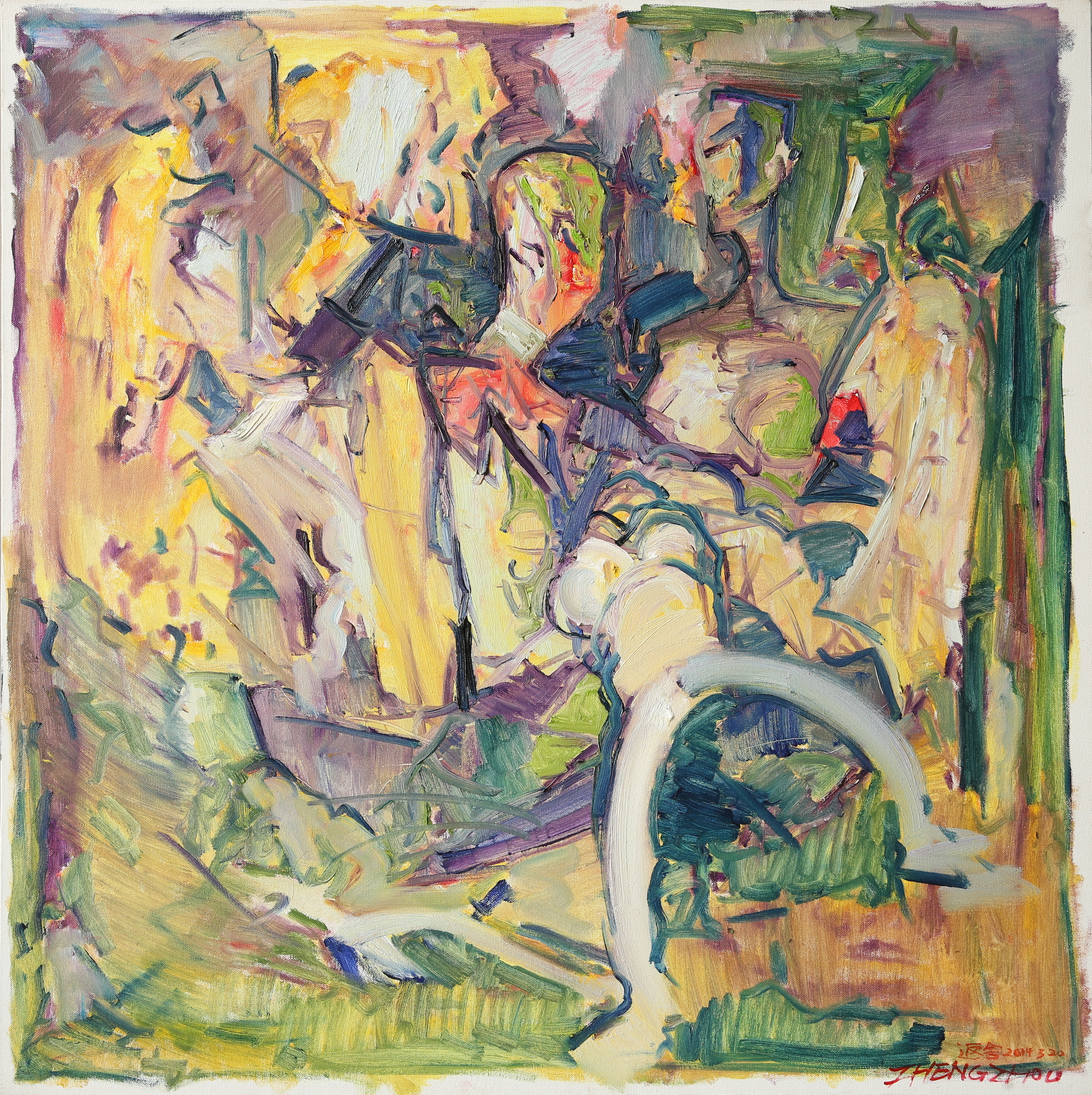
2014
Oil on canvas
110 x 110 cm
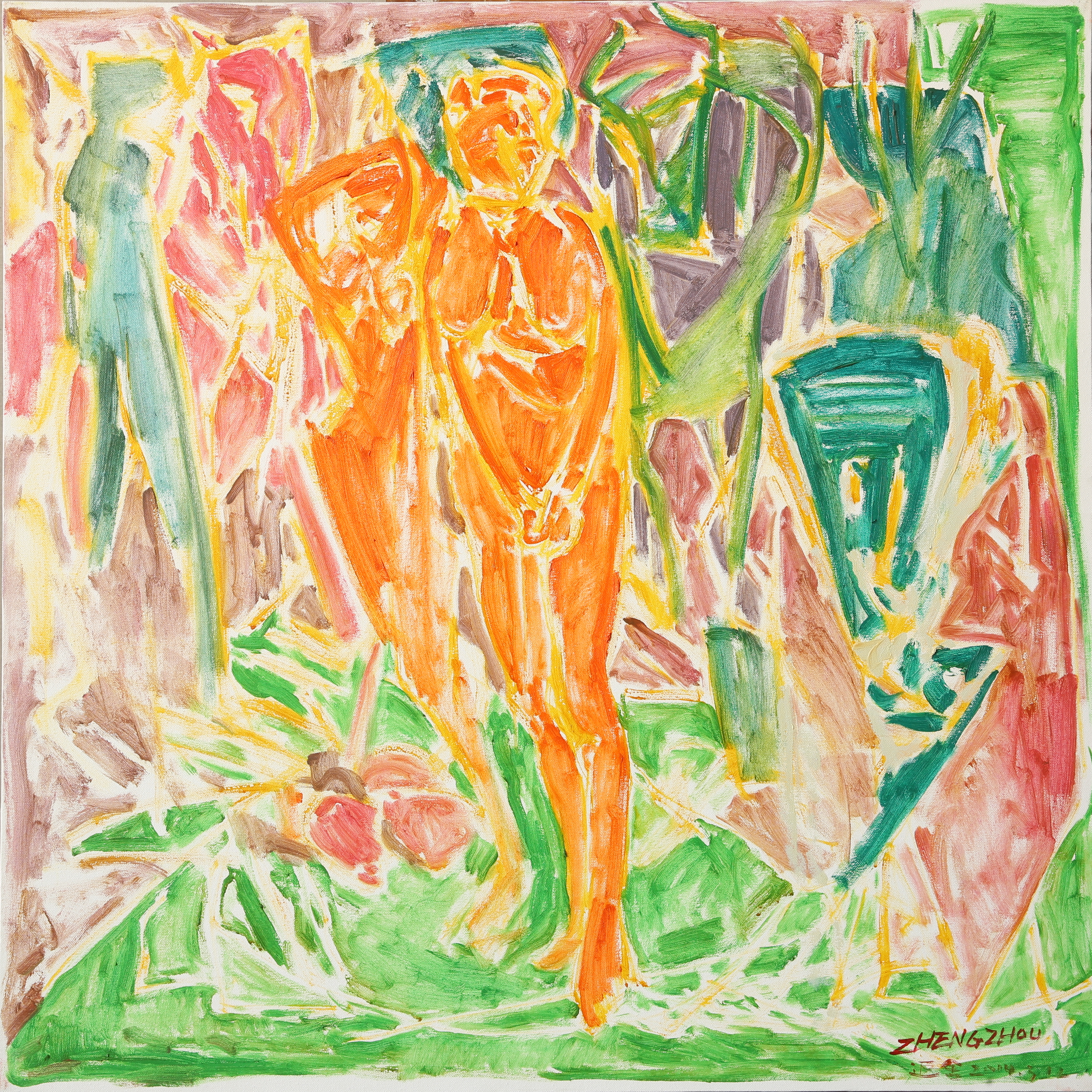
2014
Oil on canvas
110 x 110 cm
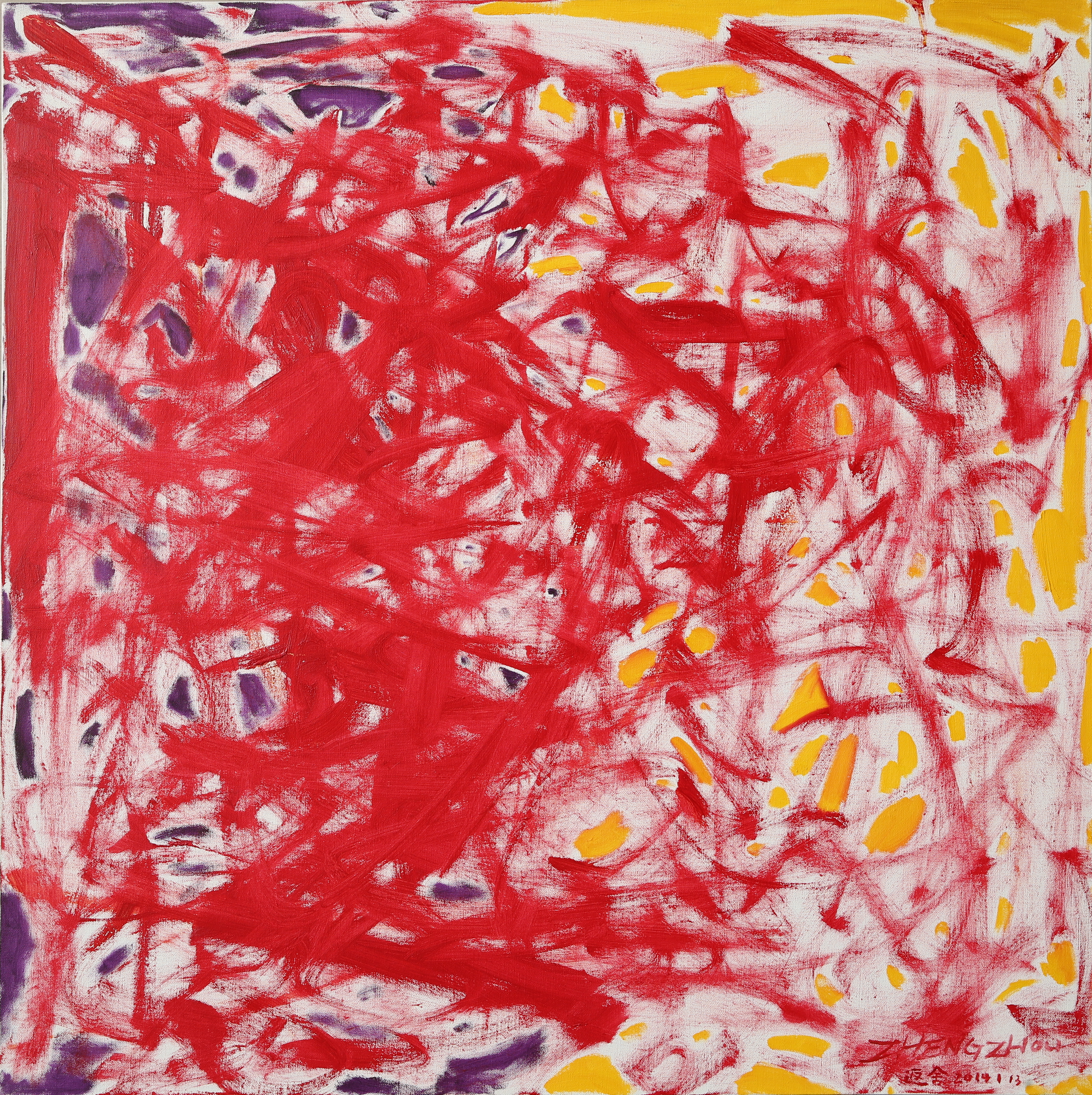
2014
Oil on canvas
110 x 110 cm
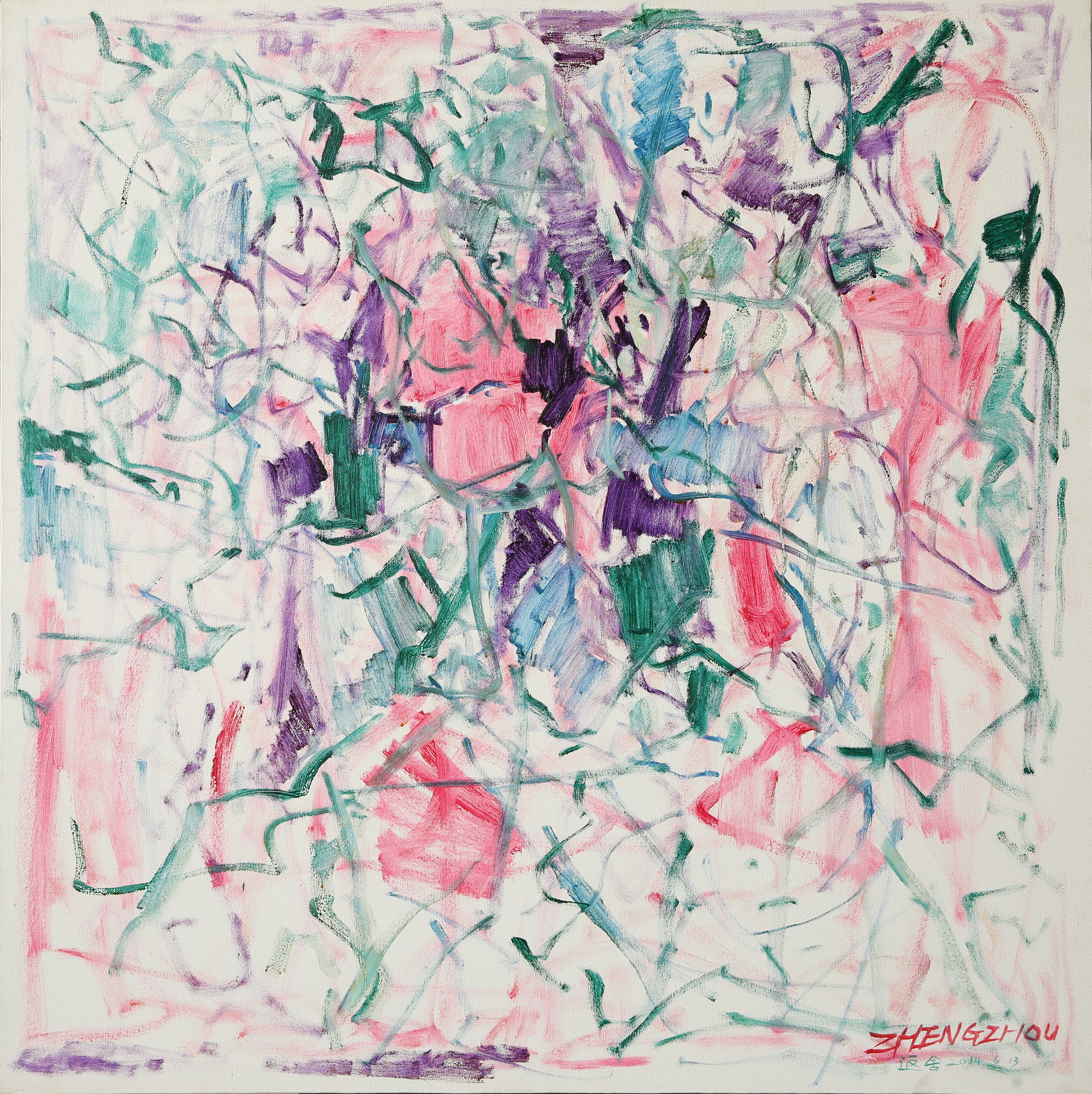
2014
Oil on canvas
110 x 110 cm